northern sumatra travel diary
4 day tour through the island of sumatra, indonesia
d
Northern Sumatra is a province of the island Sumatra in Indonesia and is located just below the province of Ache. Its capital city; Medan is home to some 13 million Indonesians. Geographically Sumatra is very diverse from flat planes to large volcanoes some still active as well large portions jungle. As such, the landscape can change in an instant and as such provides the perfect place for the avid adventurer and especially photographers looking to capture the unique beauty of not only the countryside but the wildlife and of course the people.
Travelling through Sumatra is relatively easy with basically sealed roads everywhere. It is also relatively cheap compared to many other destinations and quite reasonable to hire a driver and guide which is highly recommended.
An issue that may concern some potential travellers to parts of Indonesia such as Sumatra is the language barrier but the reality is that the majority of Indonesians are quite capable of conversing in English and this coupled with their willingness to welcome people from other parts of the world makes it very easy and enjoyable place to visit. The other topic to highlight is the food which can only be classified as fantastic. It is very cheap and of very high quality as the produce is all grown locally and for coffee lovers it can only be considered as a mecca. Coffee is basically grown everywhere, it almost grows on the side of the road and as such forms a significant part of the Sumatrans culture to sit and chat over coffee.
Day one - Bukit Lawang - Jungle Tour
The drive from Medan to Bukit Lawang is approximately 90 km and takes approximately four hours with a number of stops along the way that enables you to take in the locals average daily lives of: working, going to school, shopping, etc. There are plenty of photo opportunities along the way ranging from street photography to wildlife such as monkeys and of course plenty of opportunities to take snaps of the locals who are more than willing to smile but in many cases will want to take a photo of you in return.
Bukit (Hill) Lawang provides an easy entry to the Northern Sumatran Jungle. The village is set up along the Bahorok River and has a considerable amount of accommodation on offer and is relatively cheap. Again like most parts of Indonesia, the food is cheap but of exceptional quality.
There are many guides available to take groups or private tours and this is highly advisable especially given the terrain of the jungle itself. The guides are well versed in knowing where the wildlife is located but are also able to help when the orangutans become a little too confident. It is advisable to bring with you comfortable walking shoes or better still hiking boots as the terrain can be quite challenging. Most of the time you are following trails but they are undulating and you can often find yourself walking through gullies that have been cut out by rainfall. These can prove quite slippery and challenging to navigate and having a great pair of hiking boots or even sand shoes is advisable.
The wildlife is abundant of course from orangutans to leaf monkeys and much more. It is obviously hot and so one needs to be reasonably fit. If you're up to it, you can hire a guide for lengthier jungle tours. Depending on the tour you can also combine this white water rafting.
As for photography equipment of course having a reasonable zoom will come in handy. Given that you are actually under the Jungle canopy the amount of light depending on the cloud cover can be limited so depending on your lens you may need to slow the shutter speed down or increase your ISO.
When shooting animals such as orangutans it's best to wait until the animals have settled and so therefore one should sit still and move slowly to prevent the wildlife from being spooked.The majority of images shown to the right are shot using a Tamron 100 to 400 mm F5 .6 on a Nikon Z6. In many of the cases on Day Tours such as this the wildlife is used to humans and so you can get relatively close but please make sure any backpacks are closed as they can become quite cheeky.
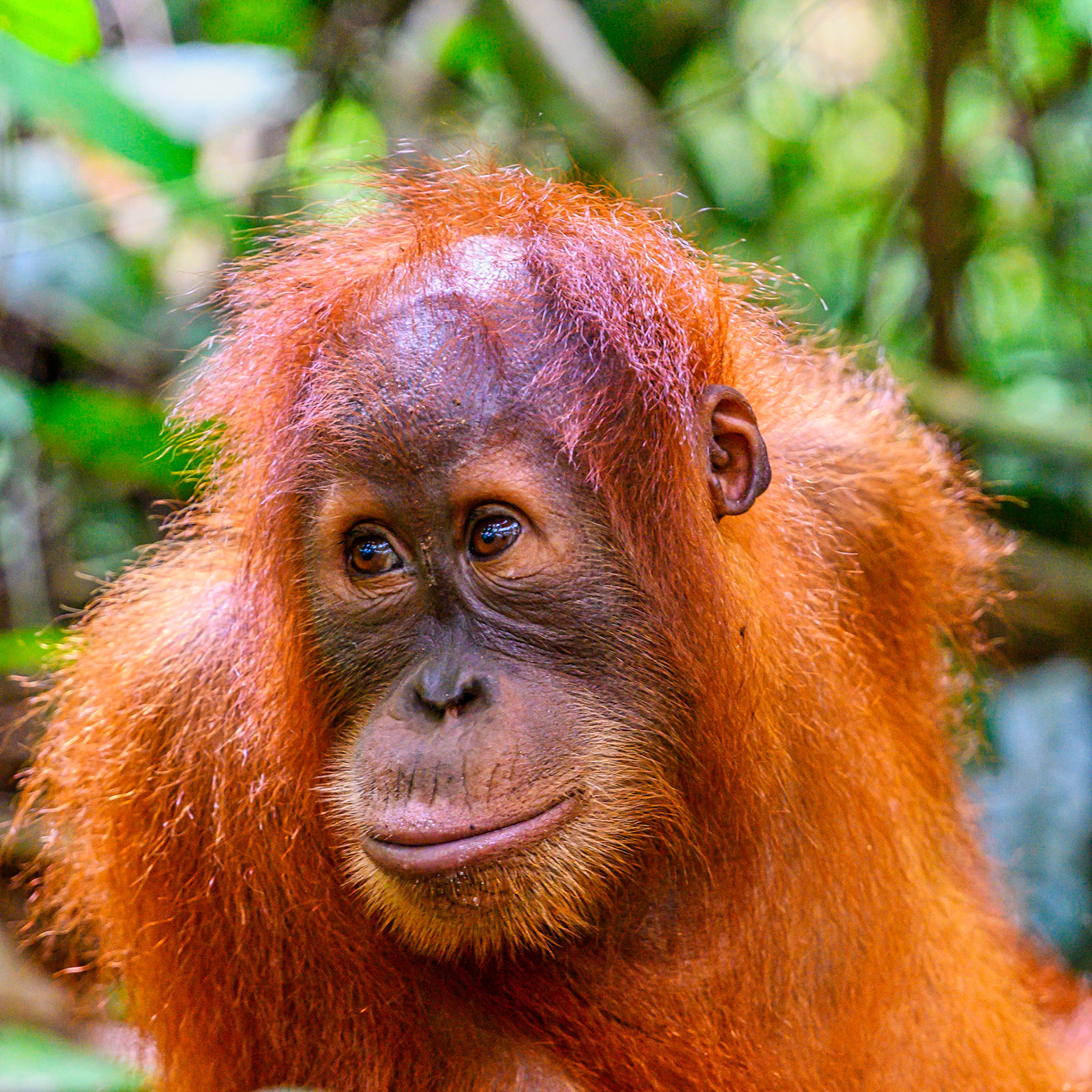
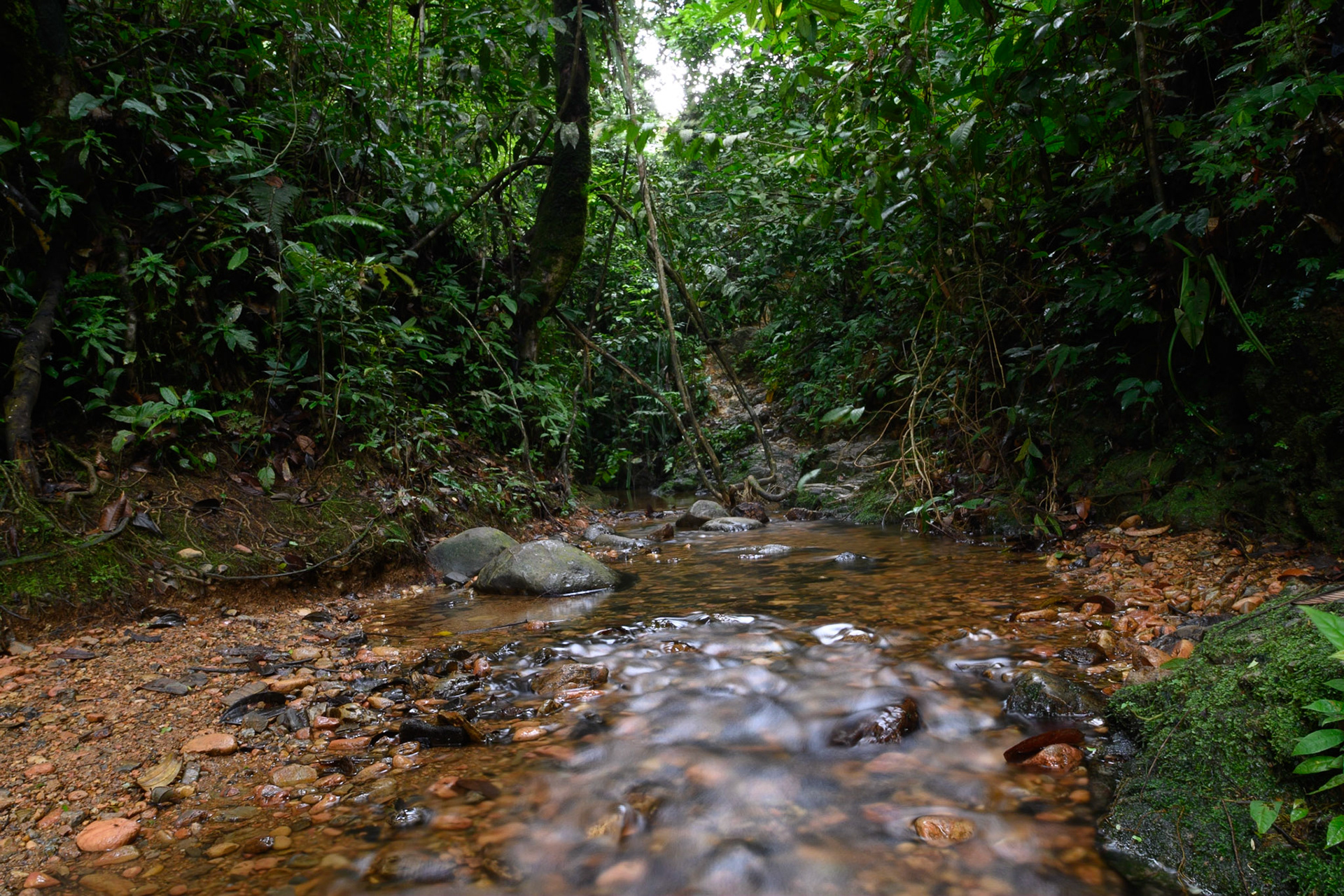
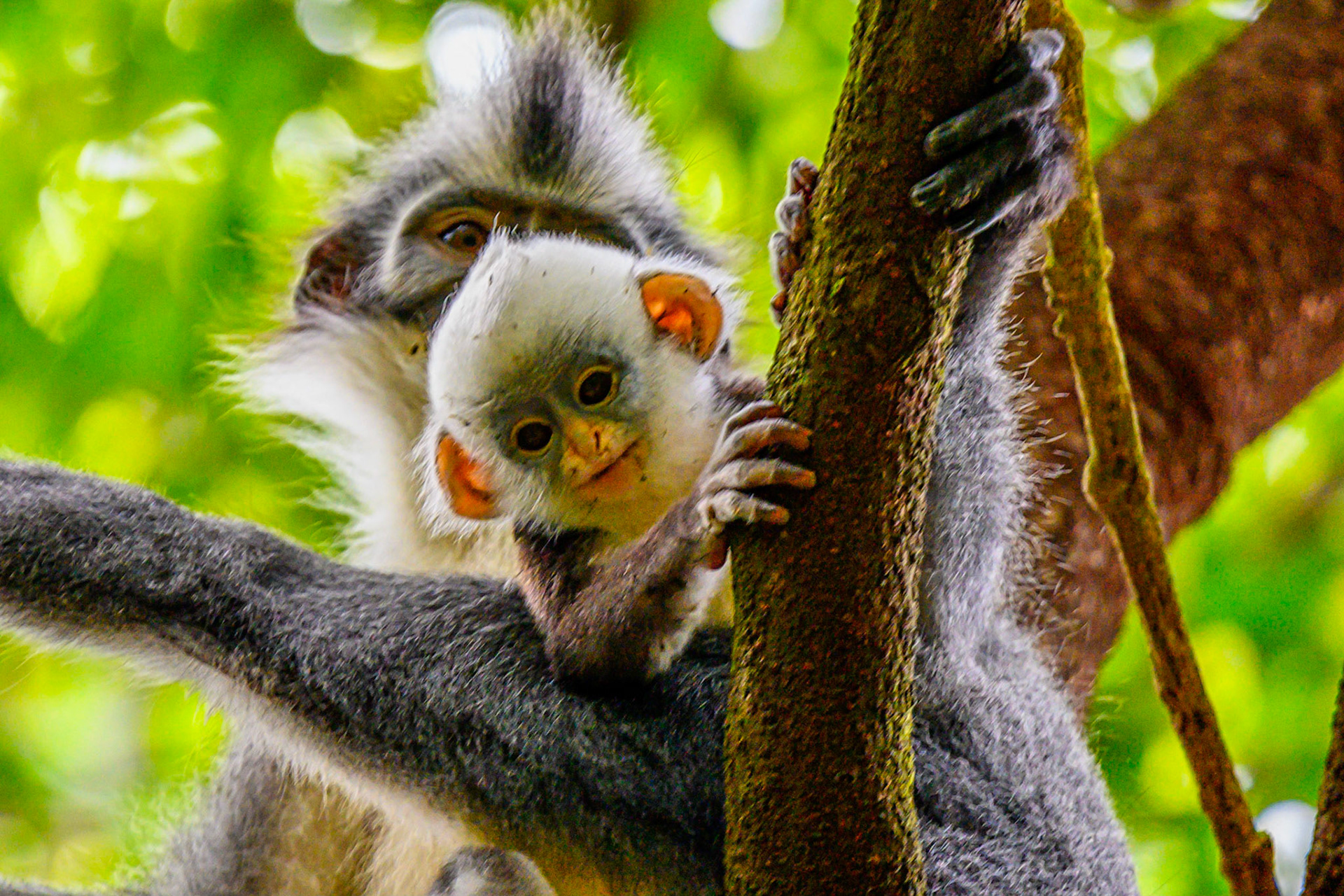
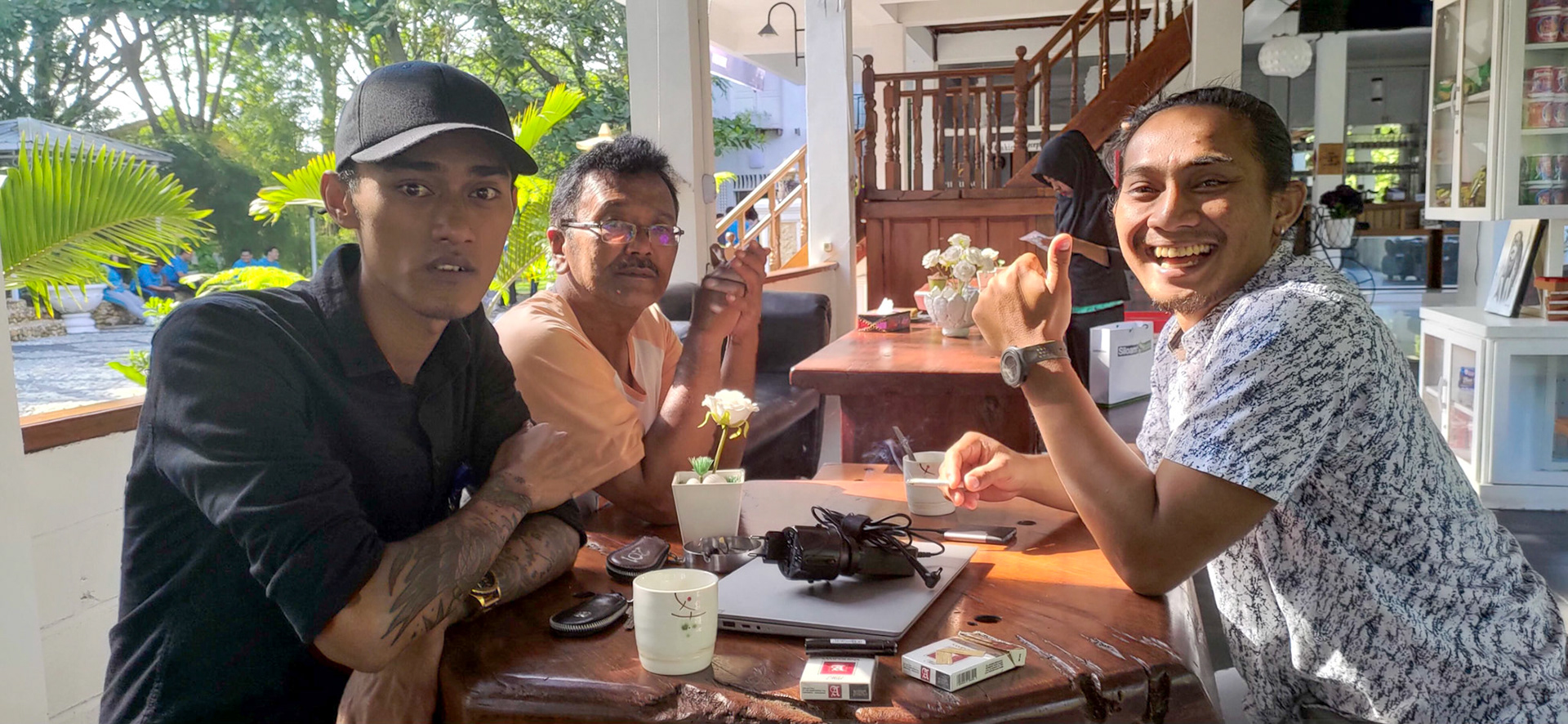
Guides - Candra, Ricky and Mike
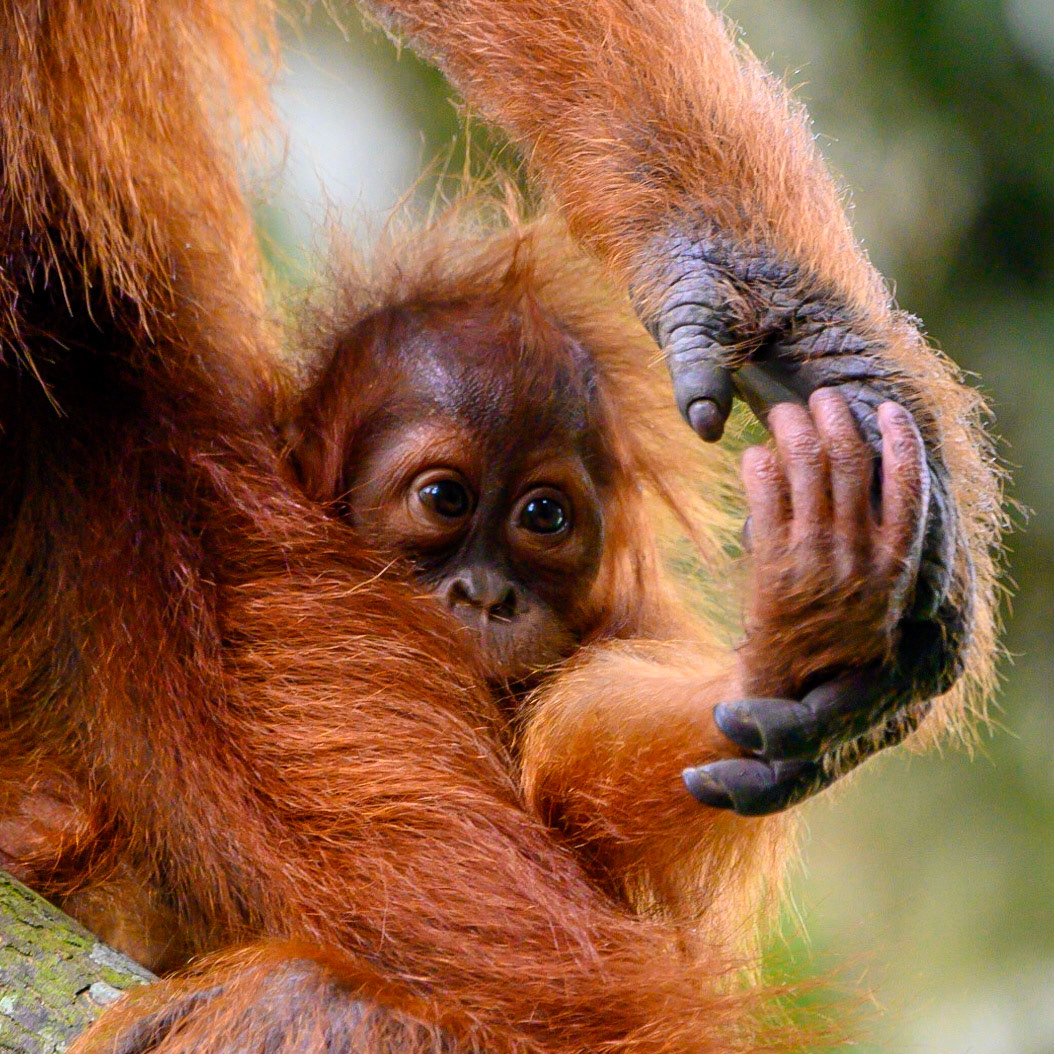
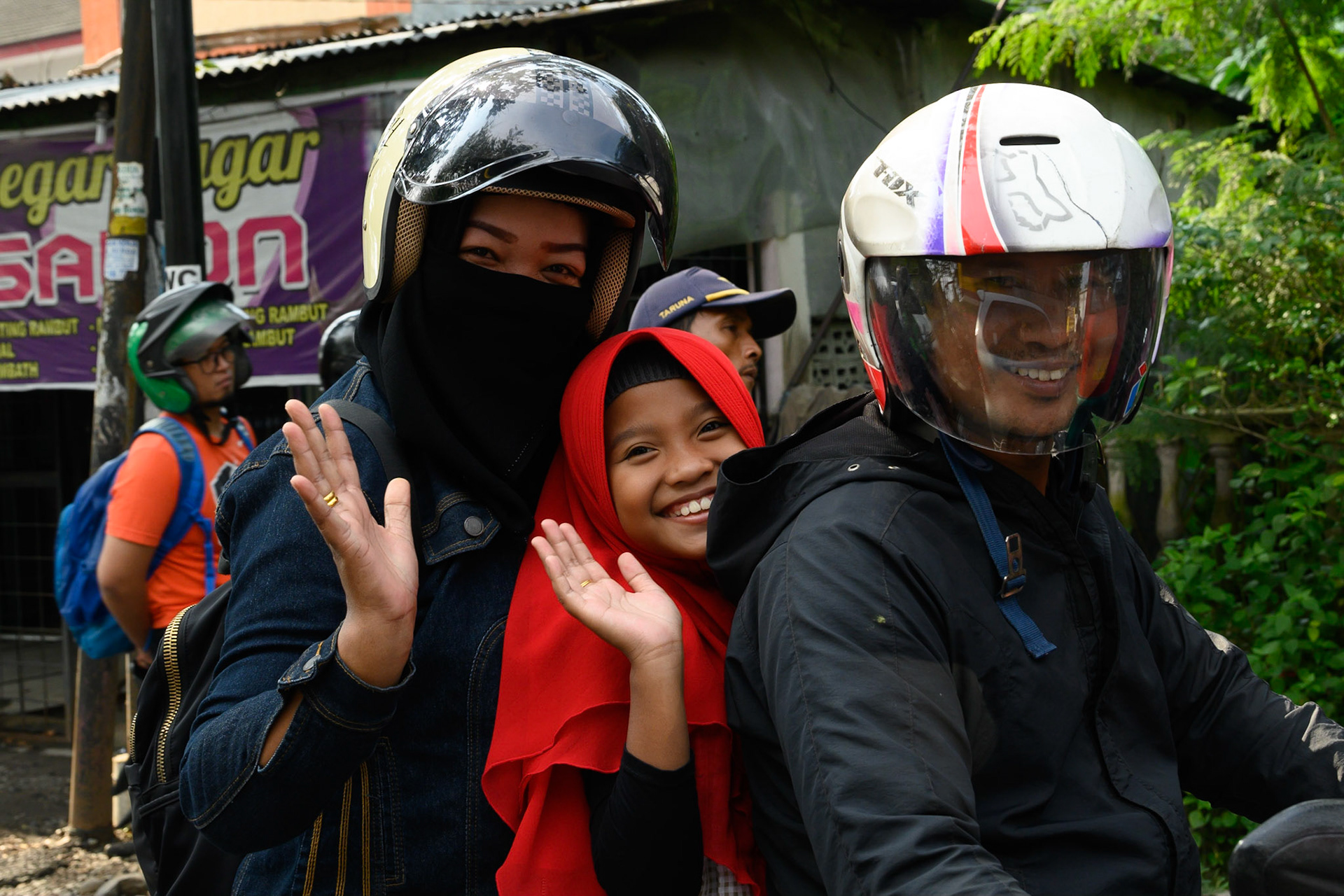
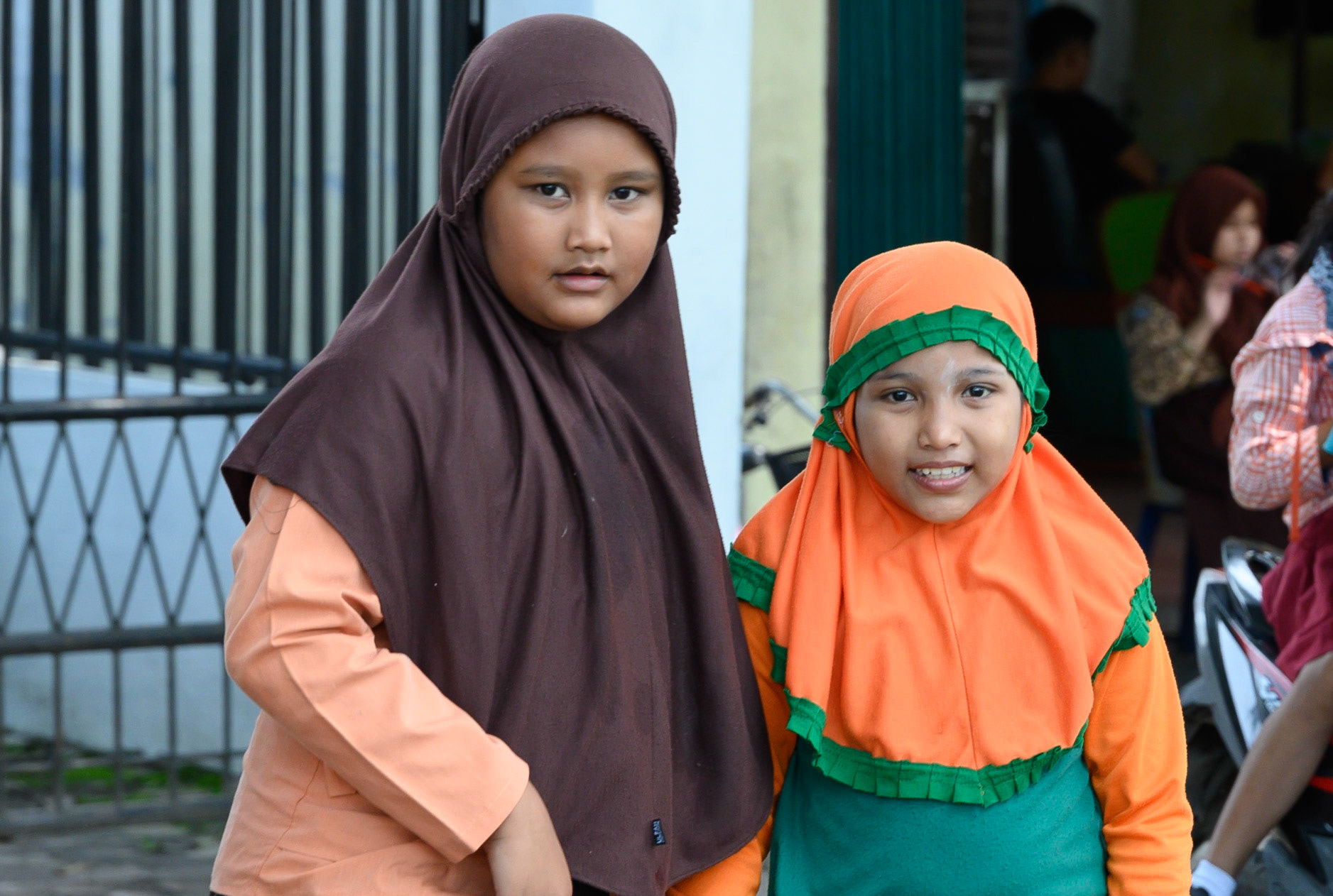
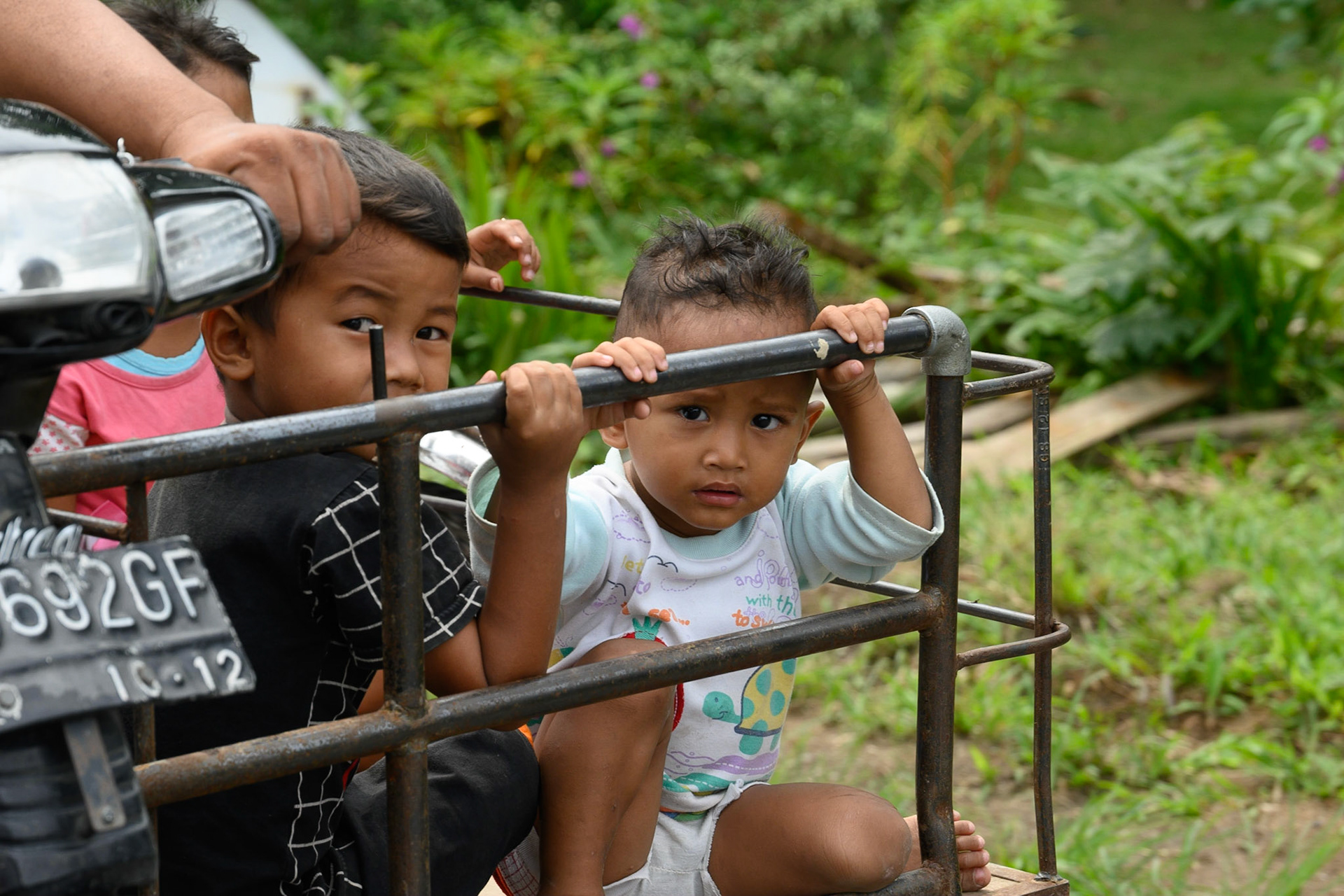
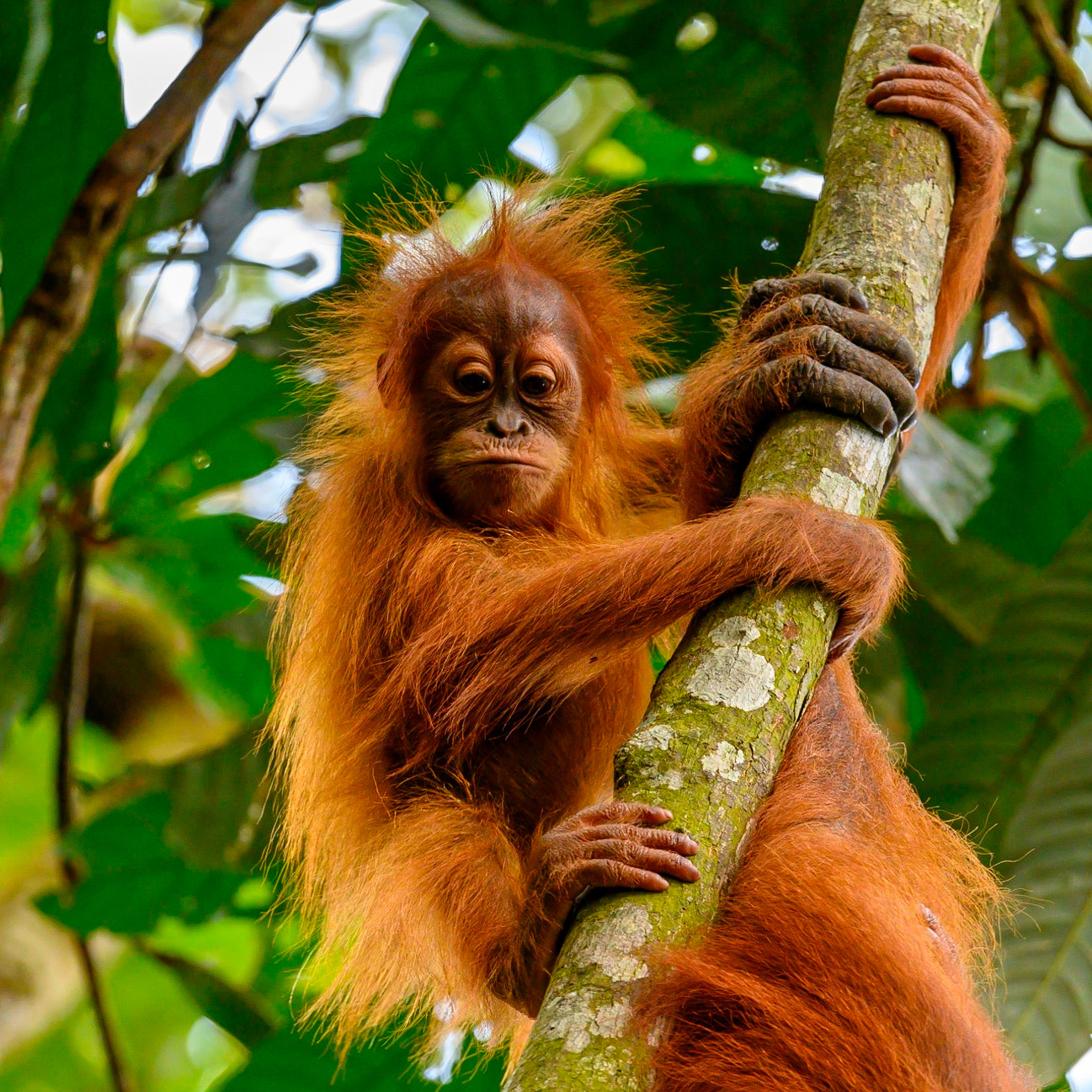
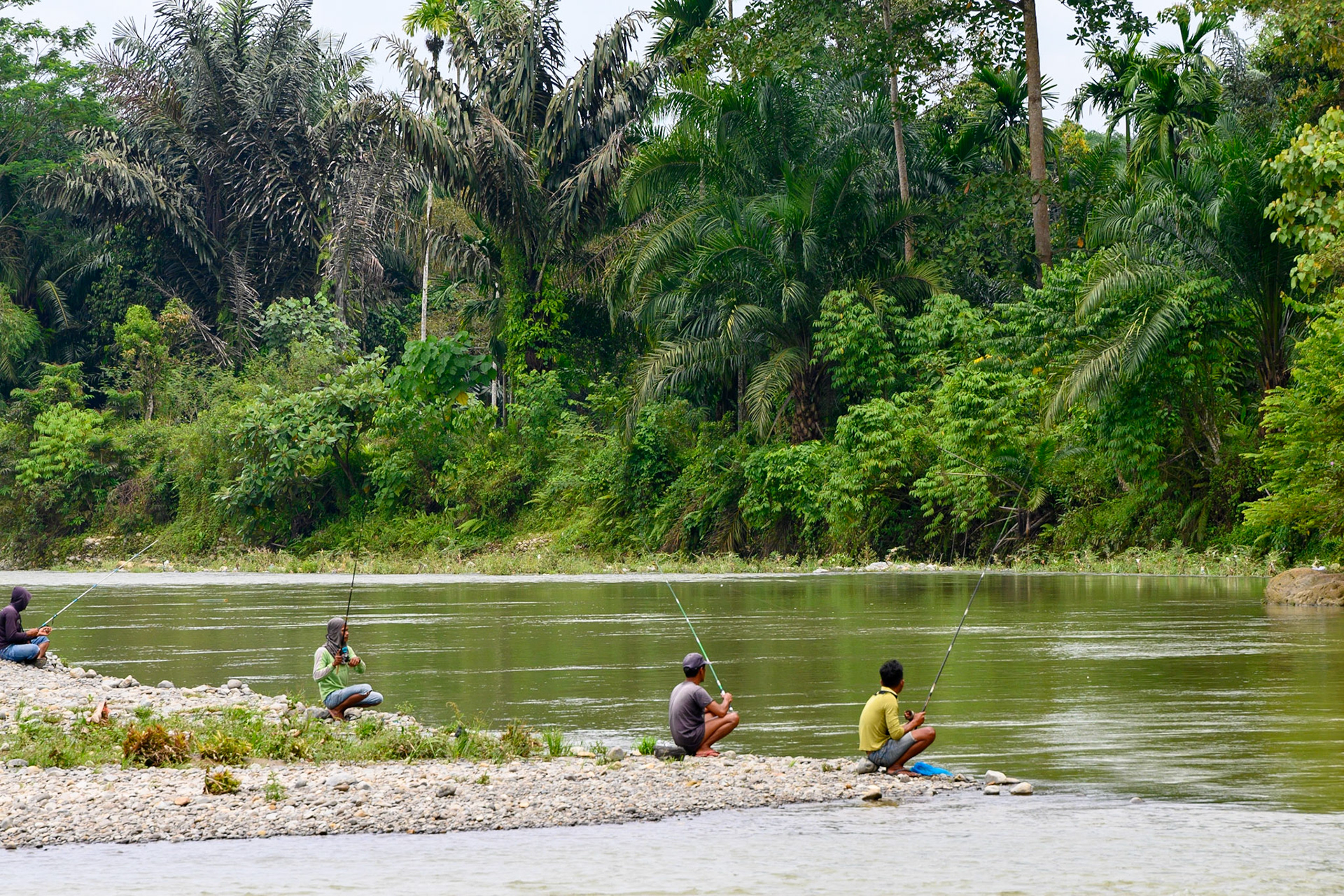
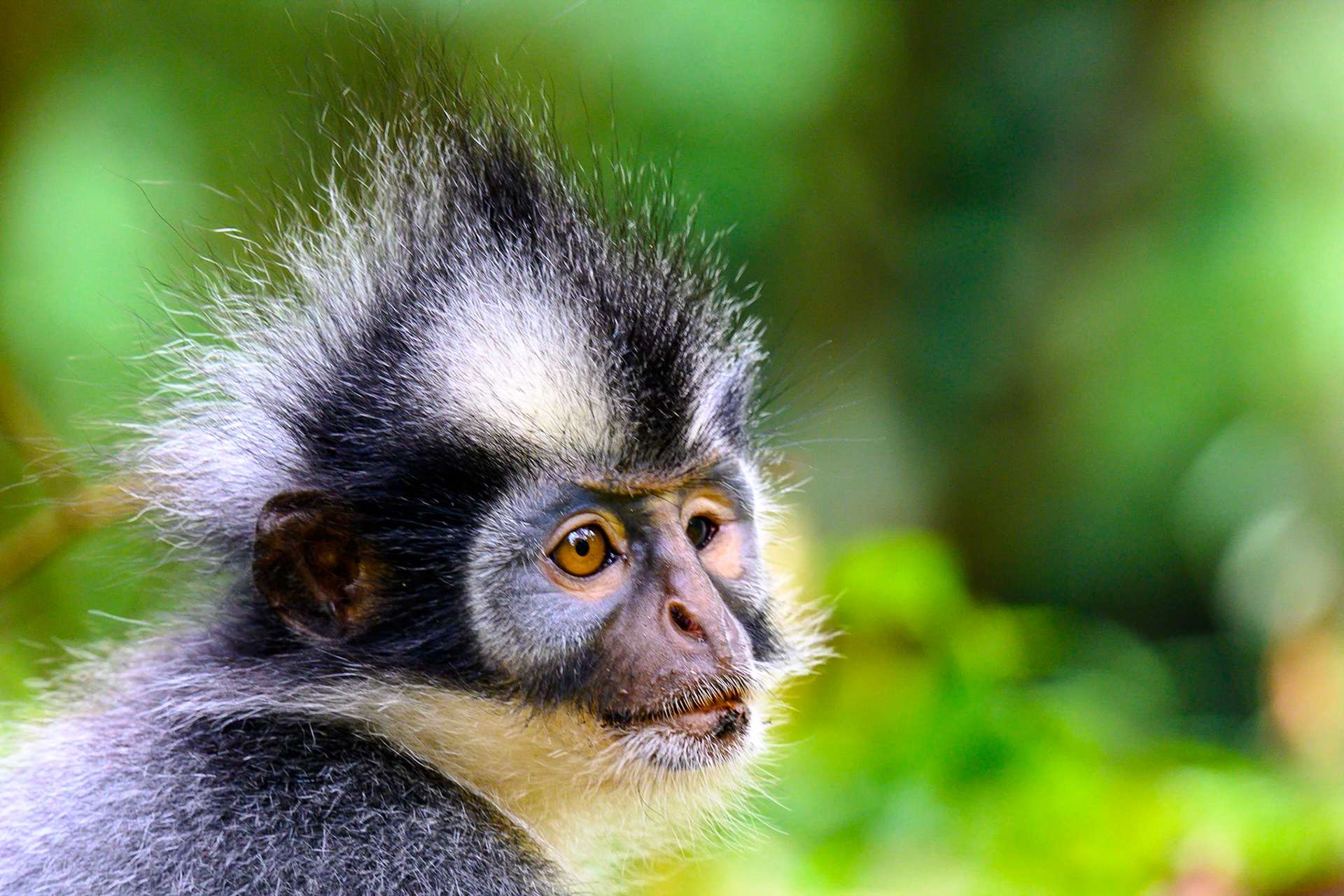

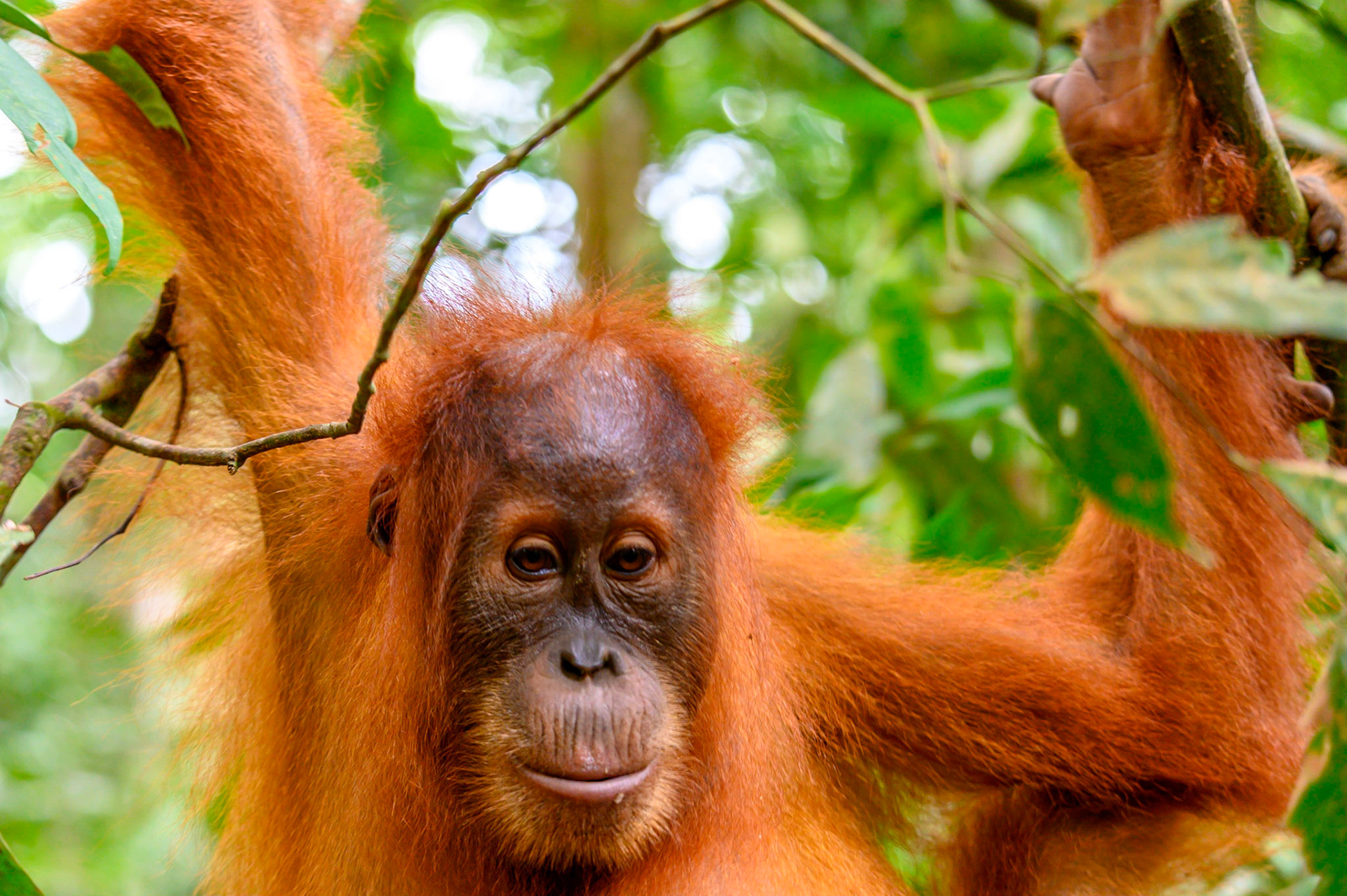
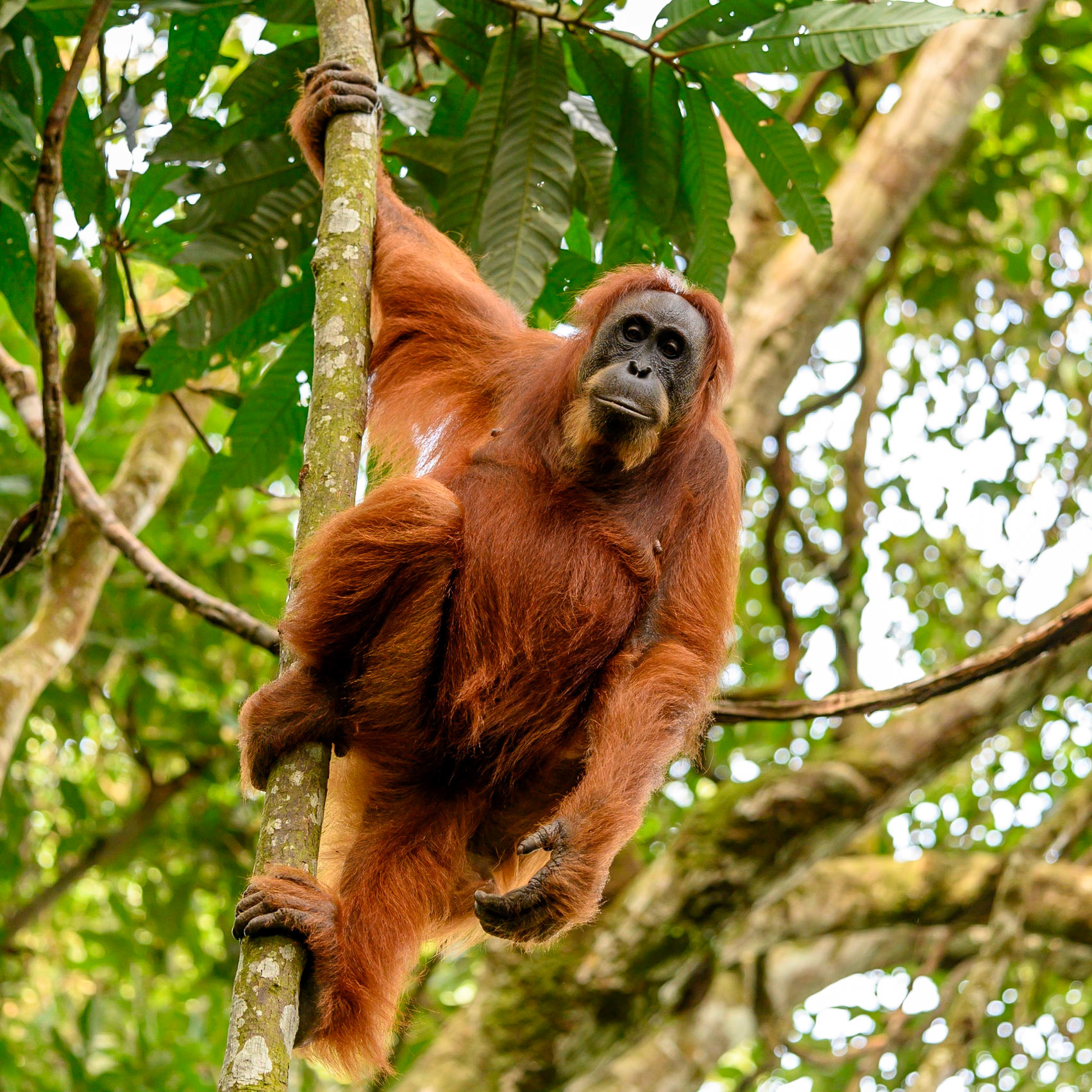
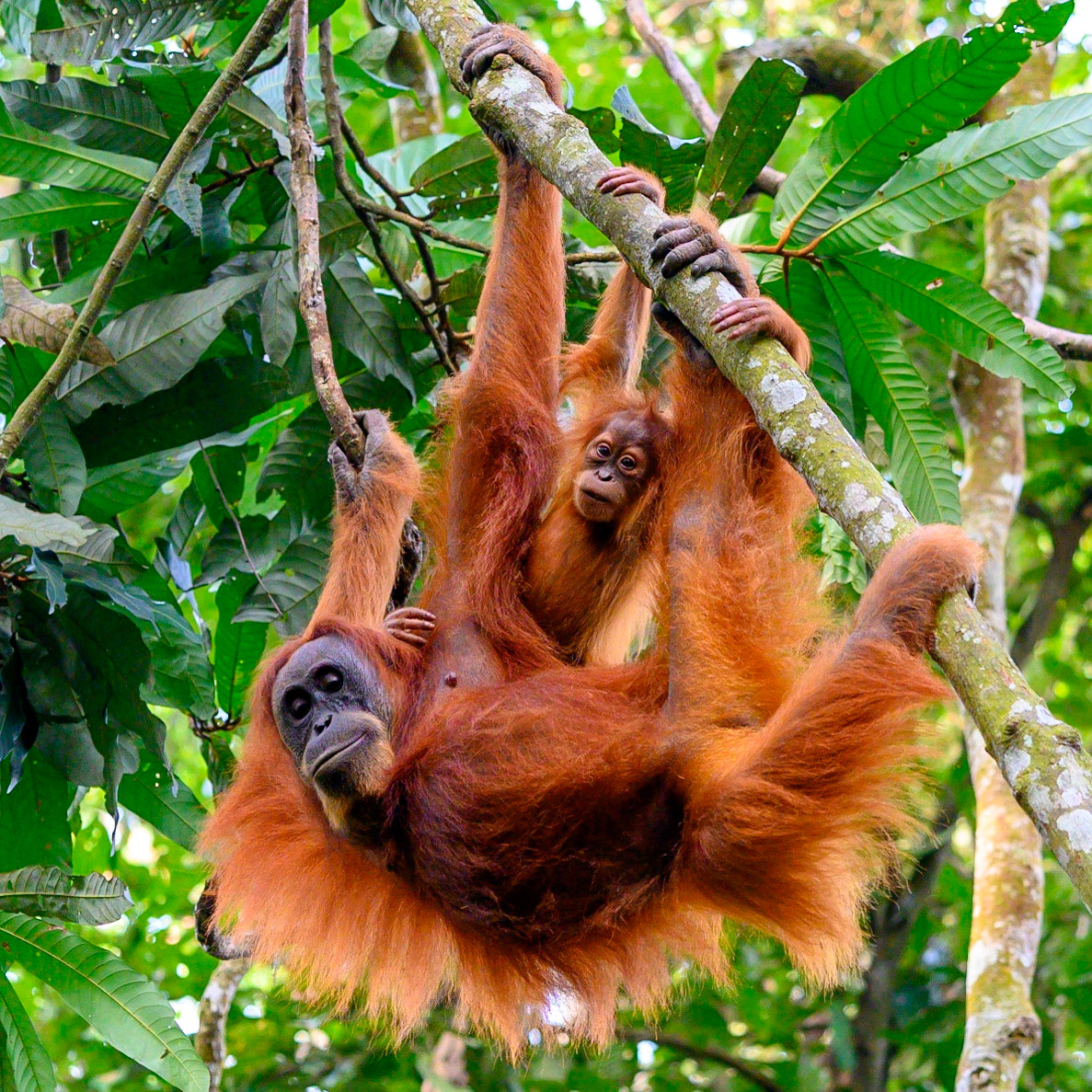
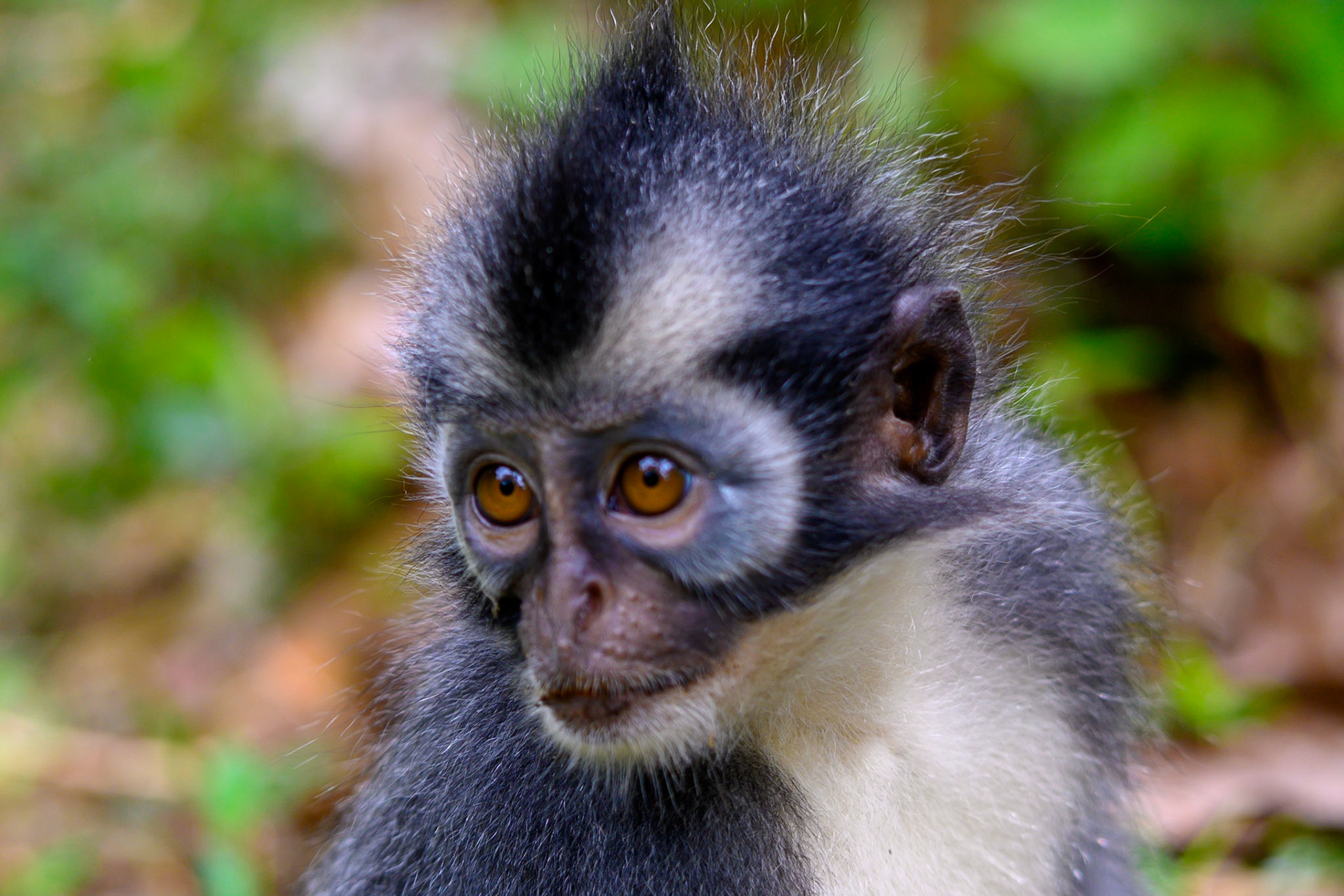
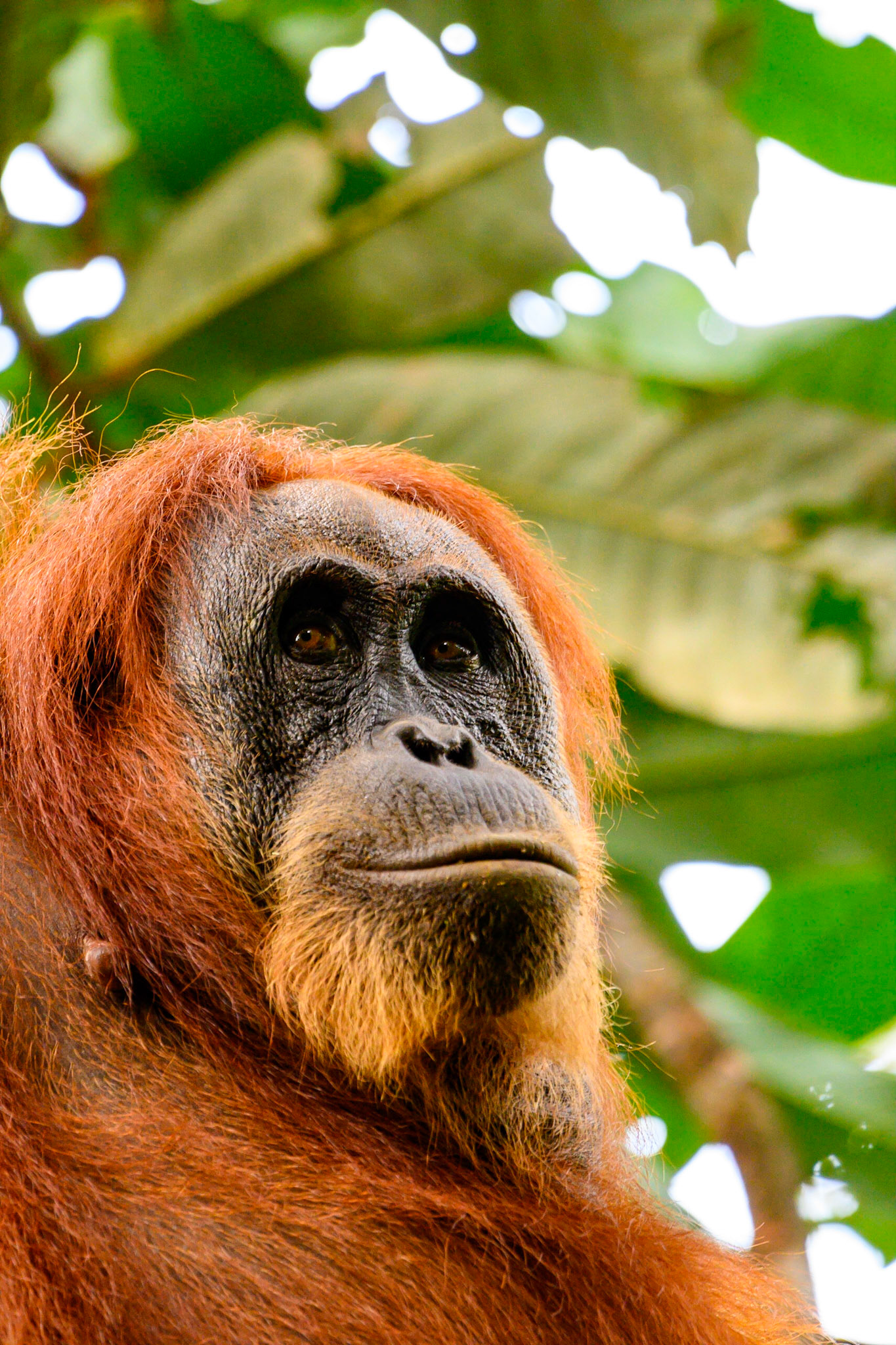
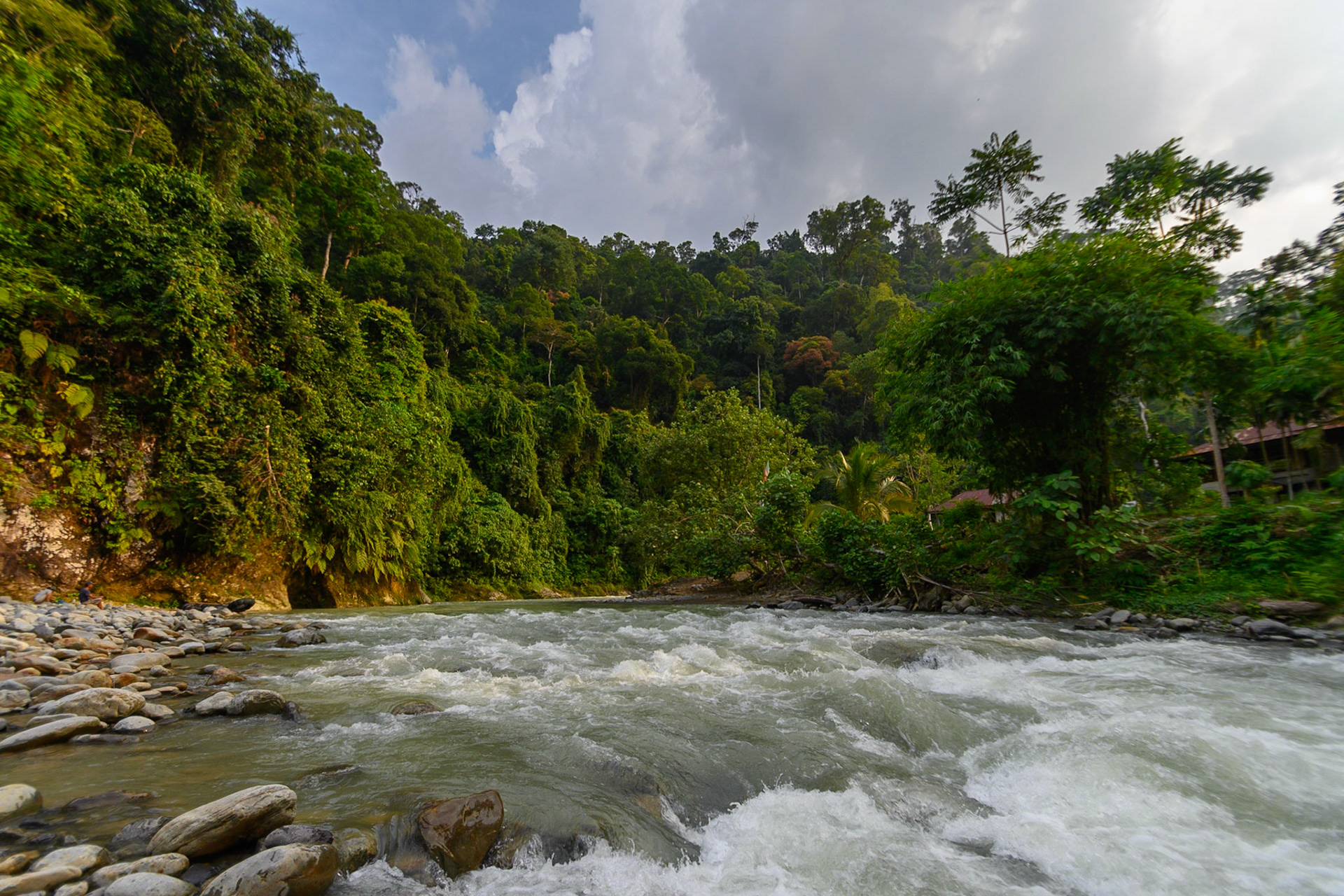
Day Two - Mt Sinabung

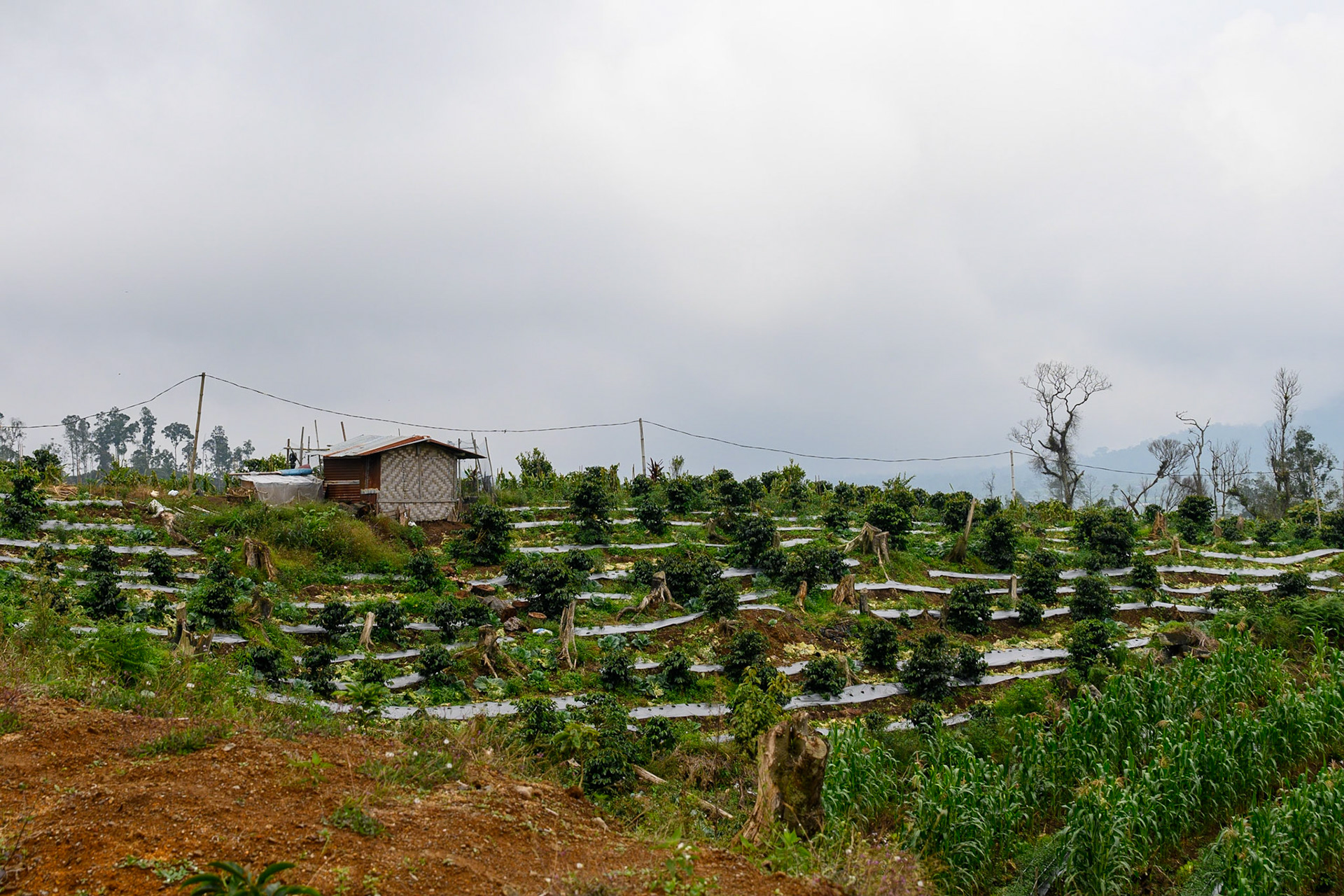
Hill Side Farming
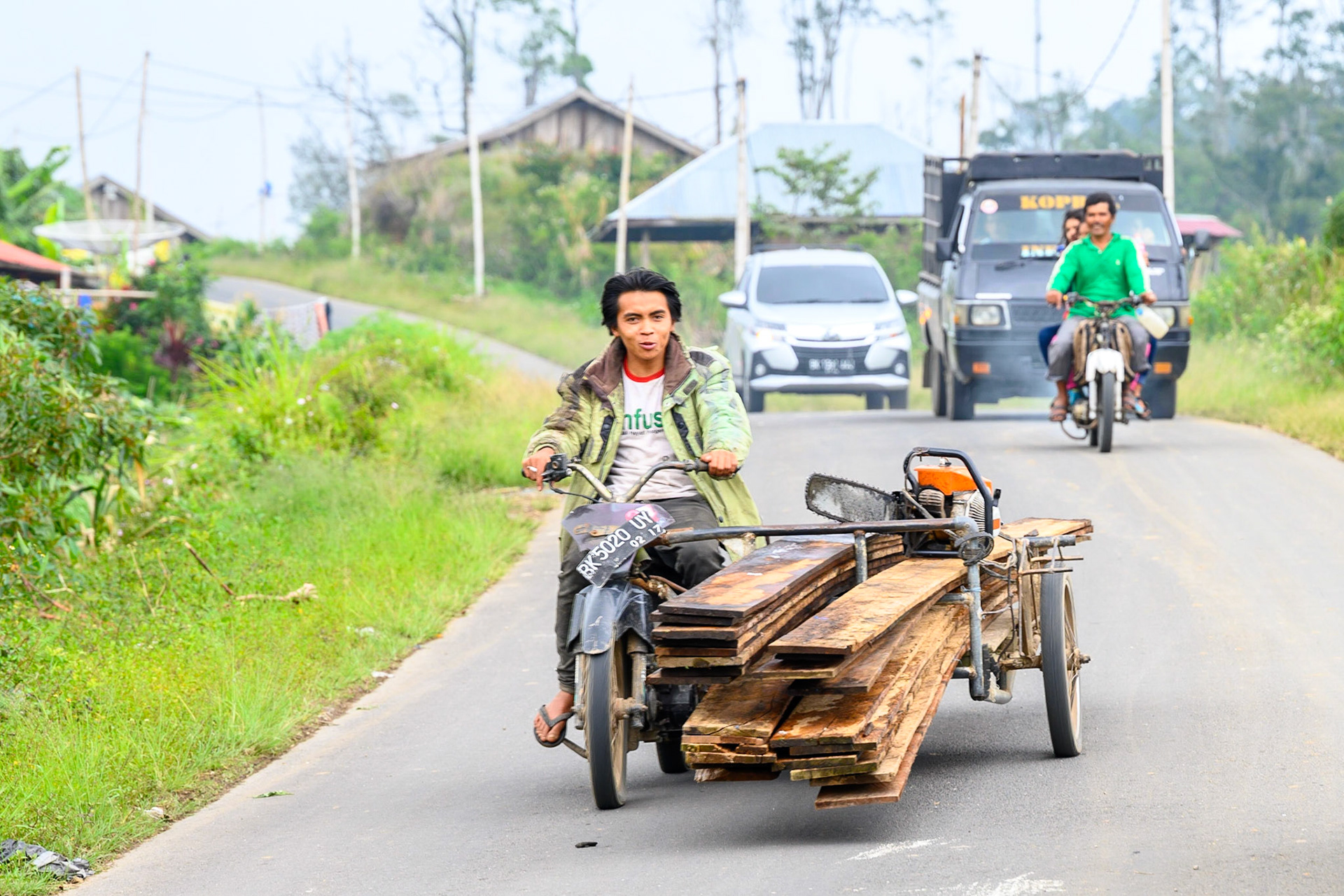
Timber Delivery
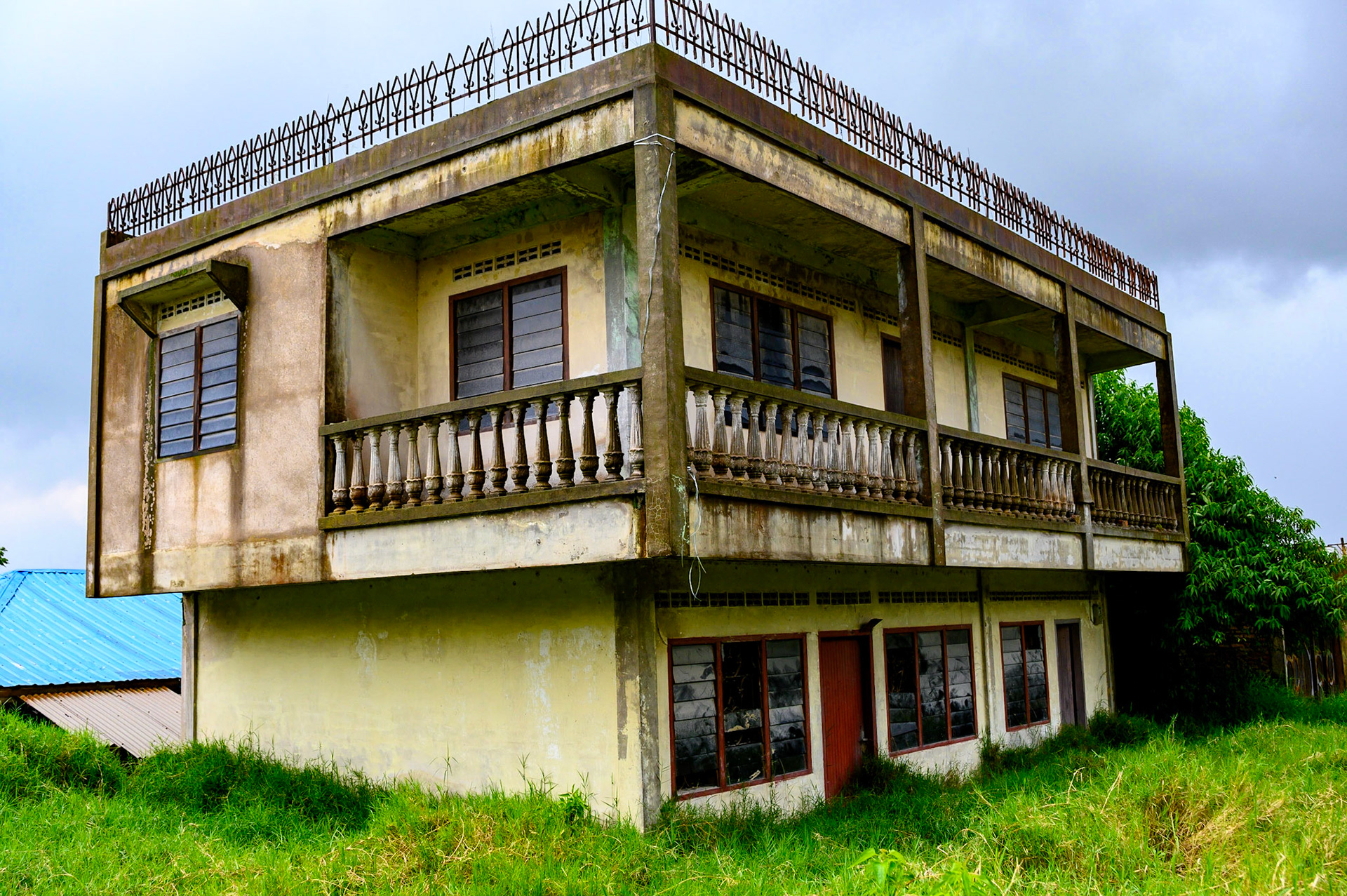
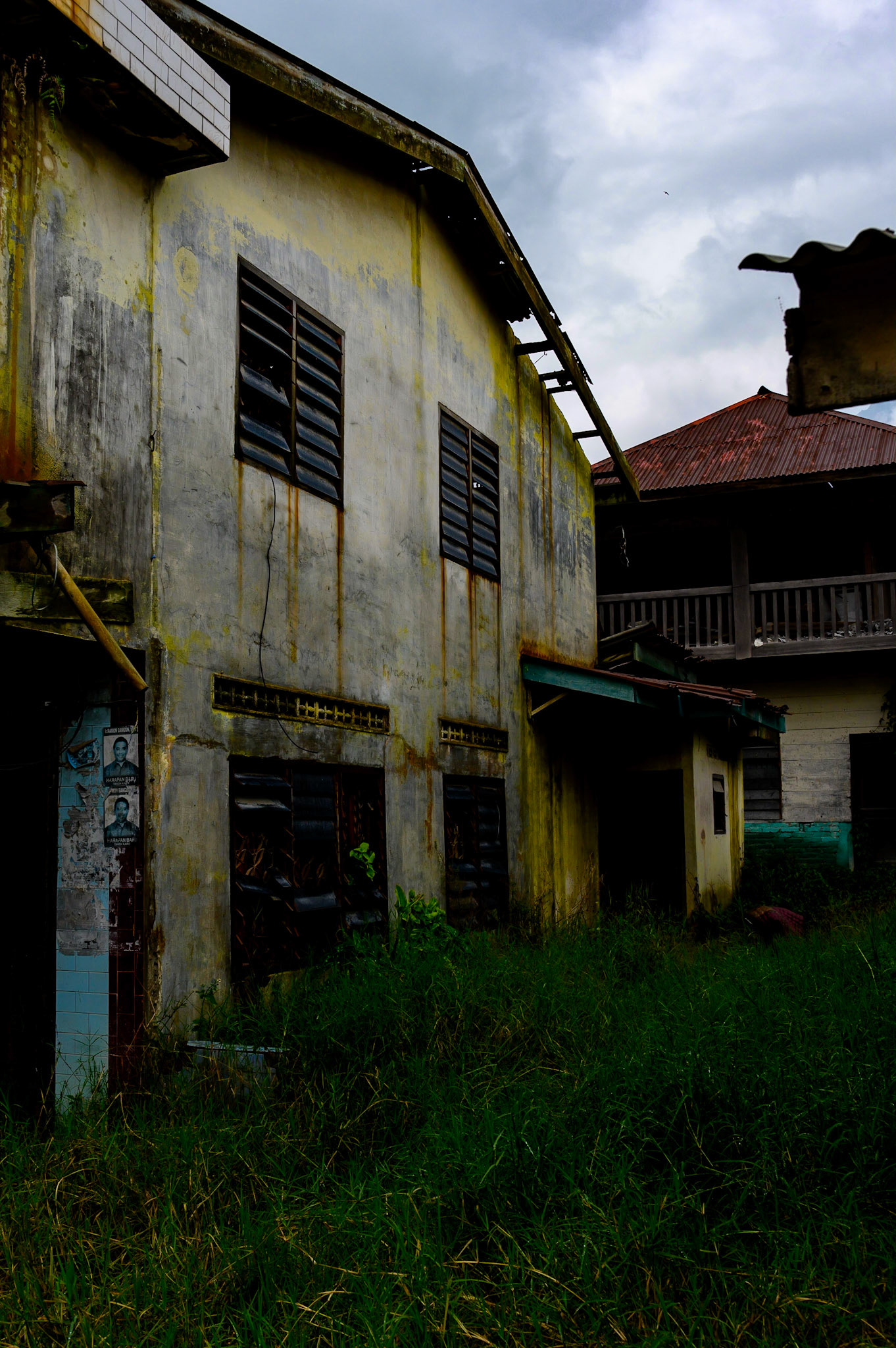
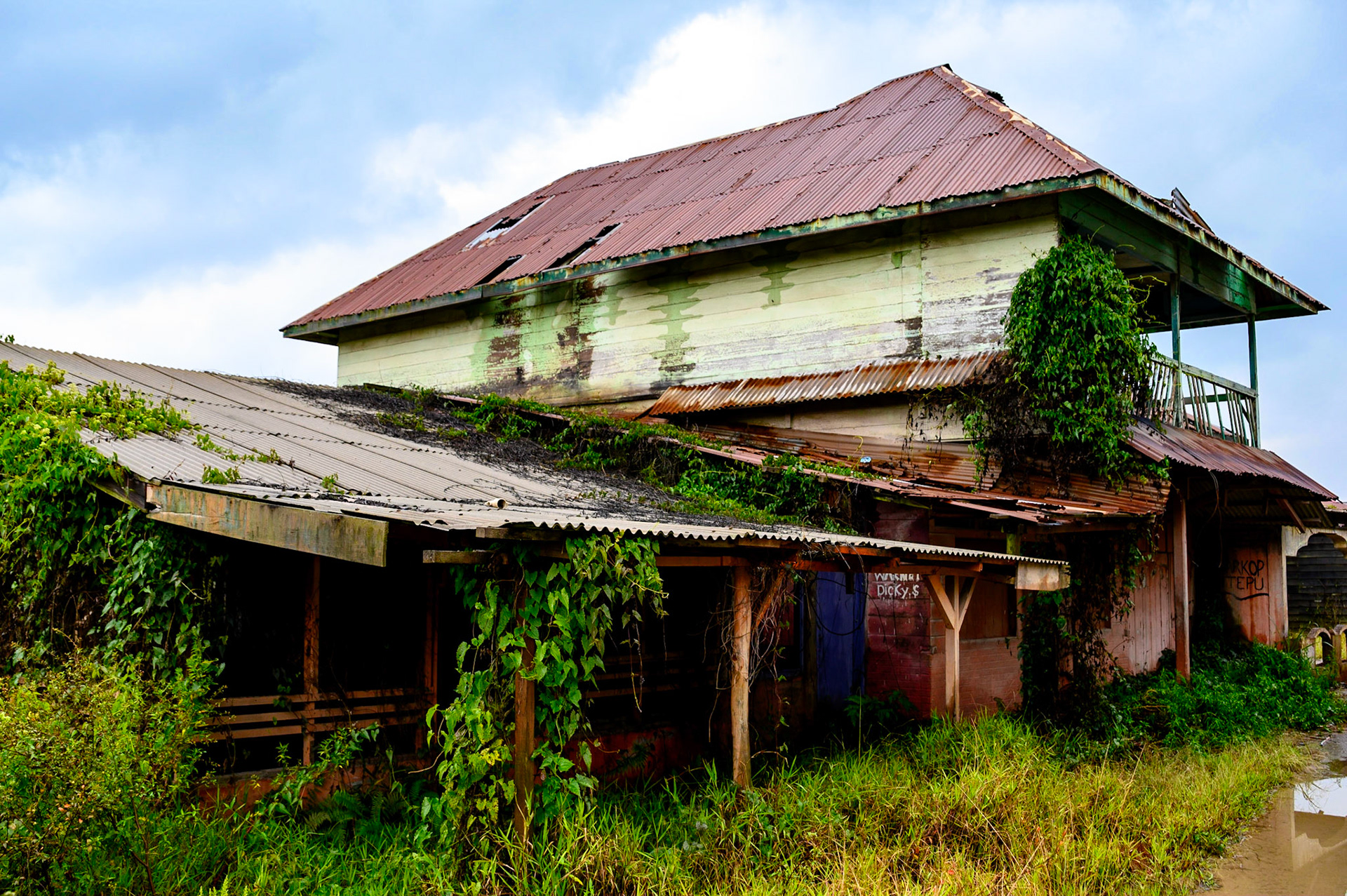
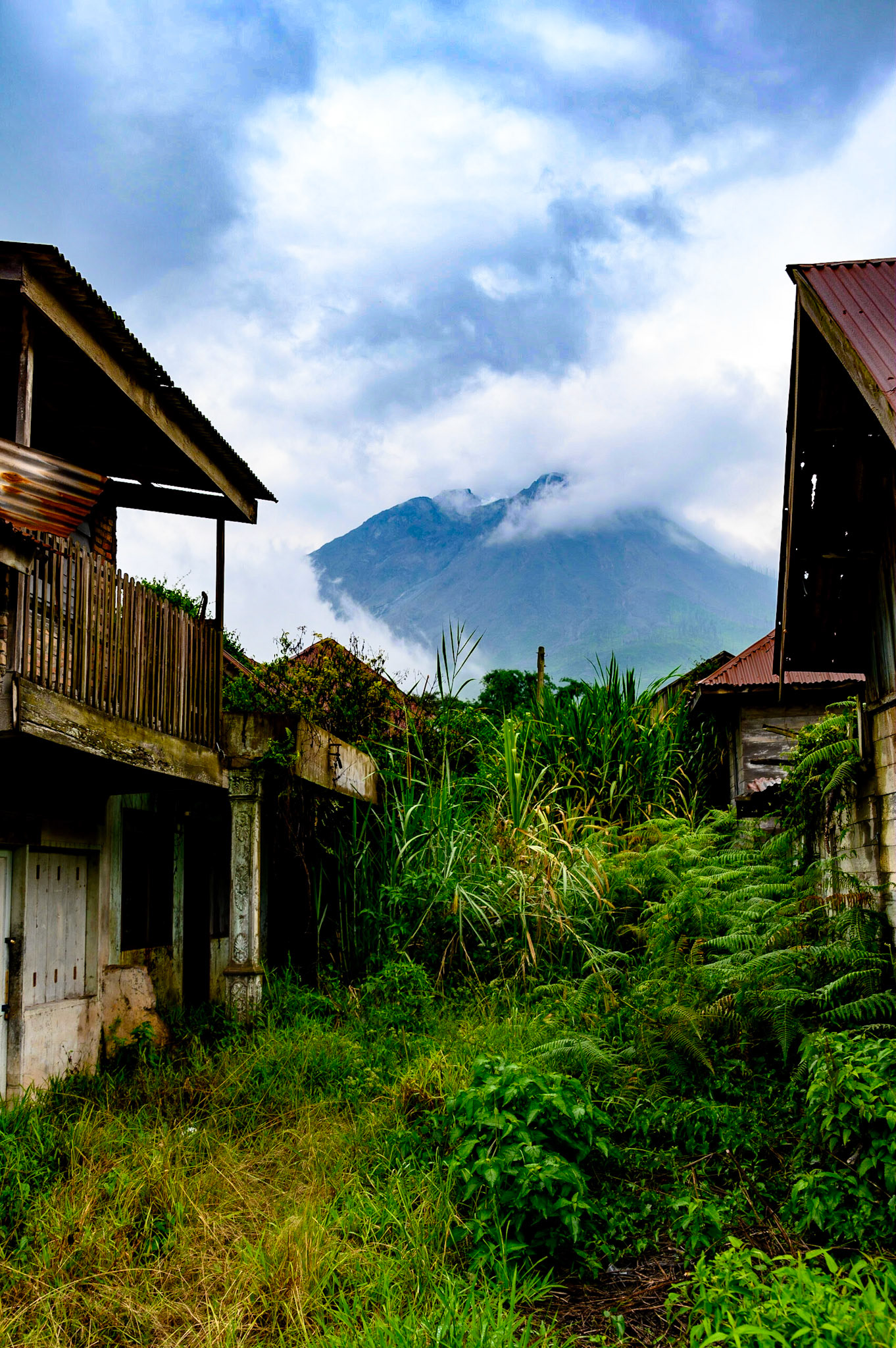
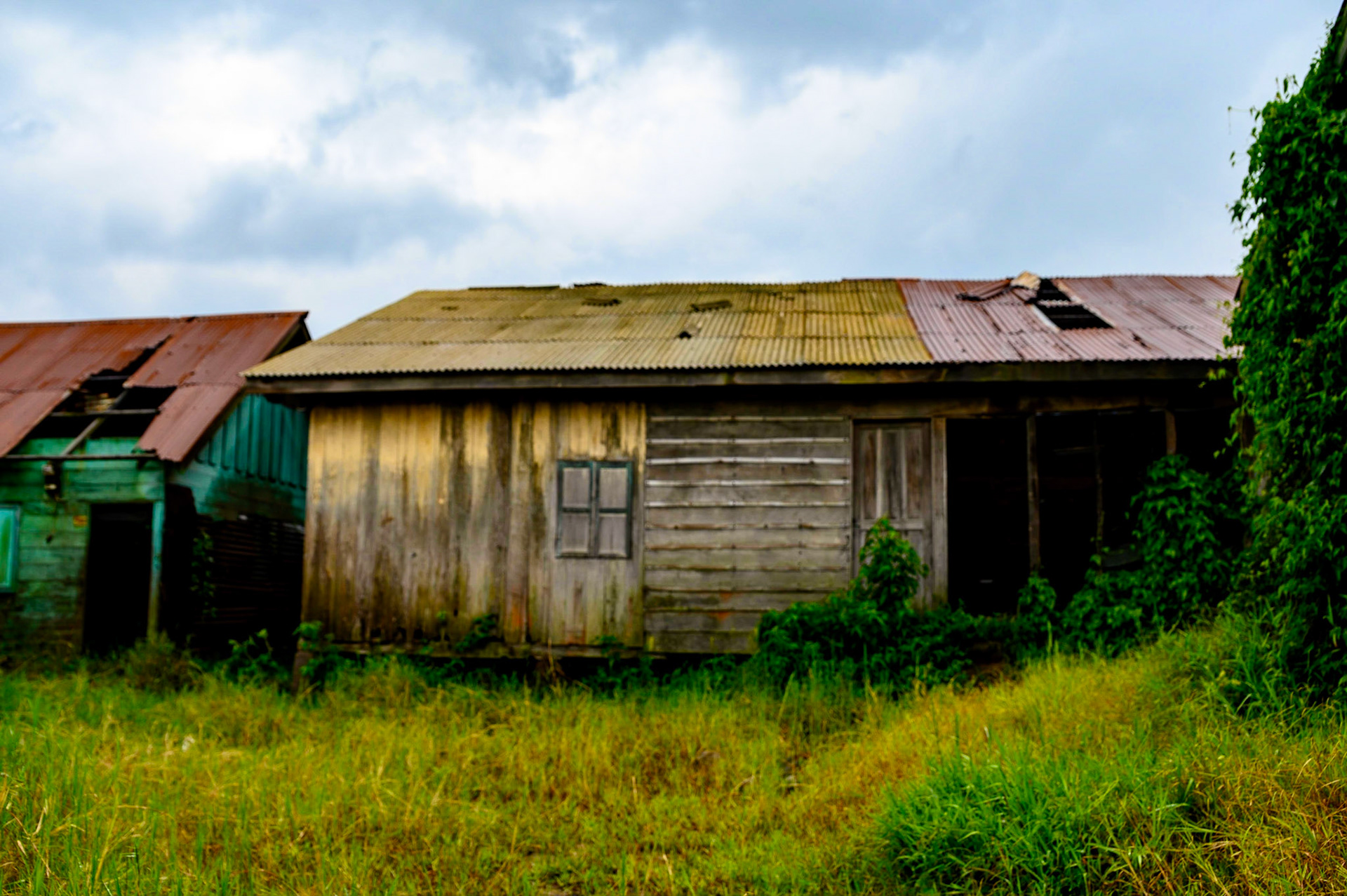
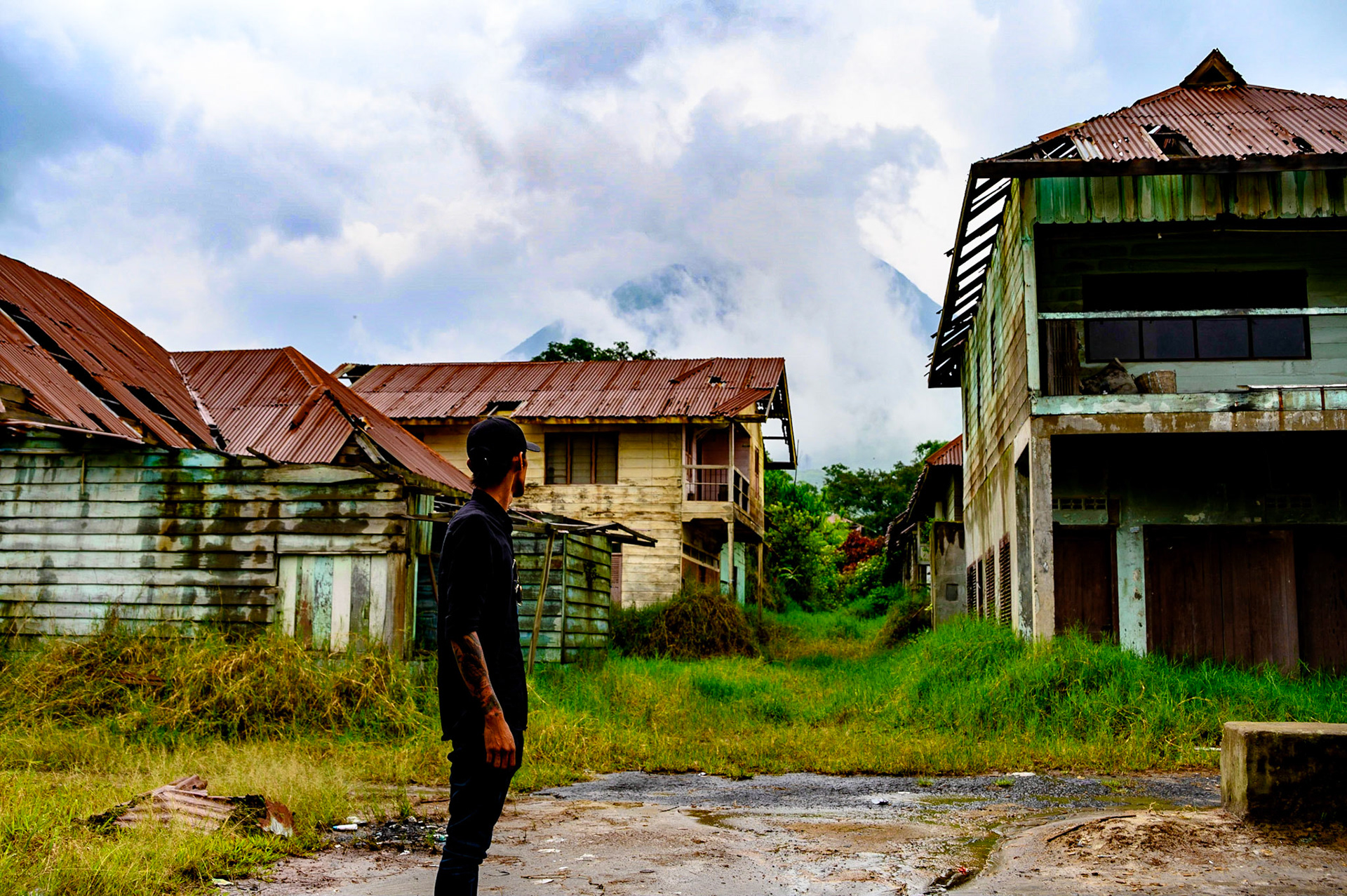
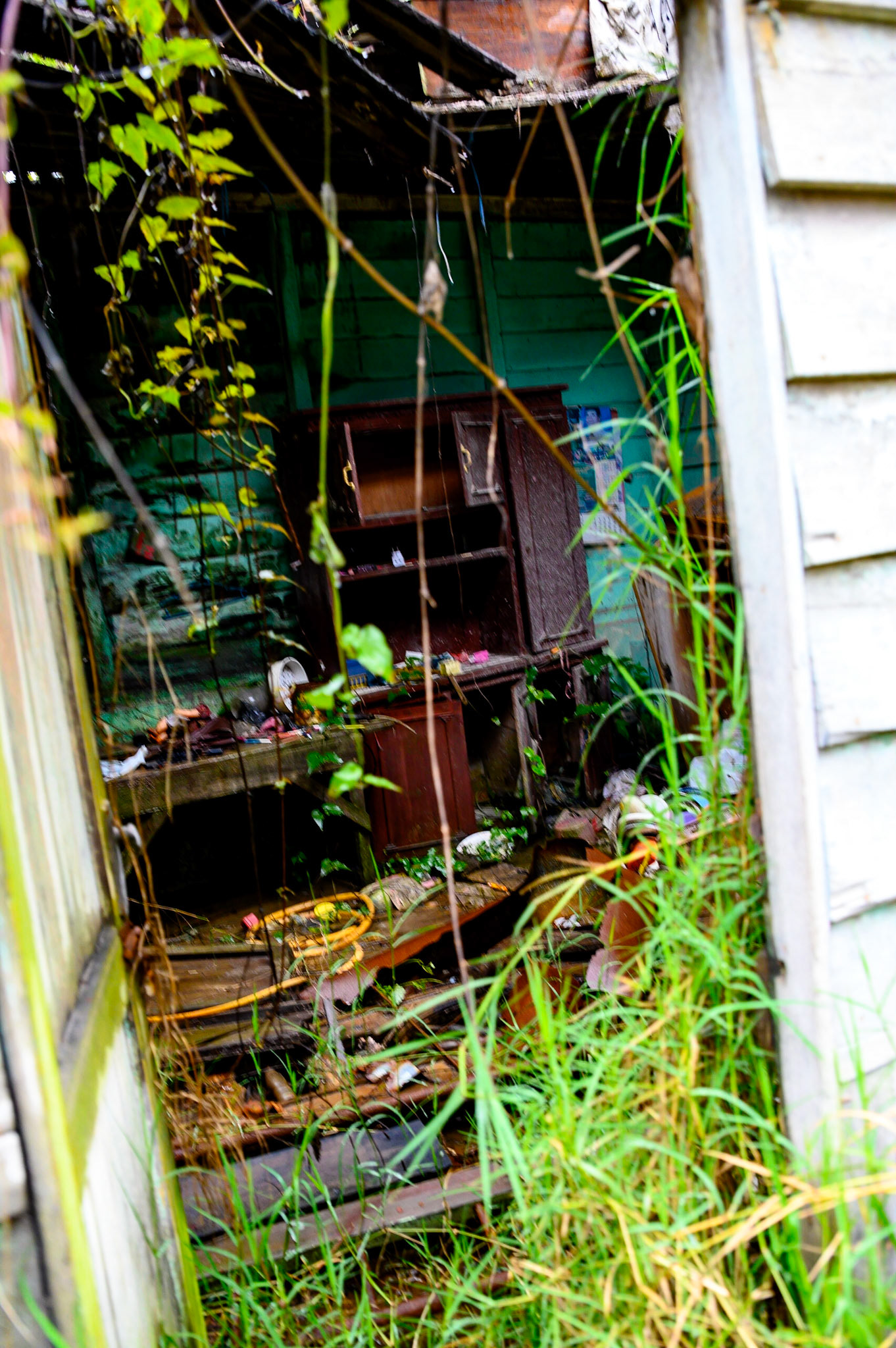
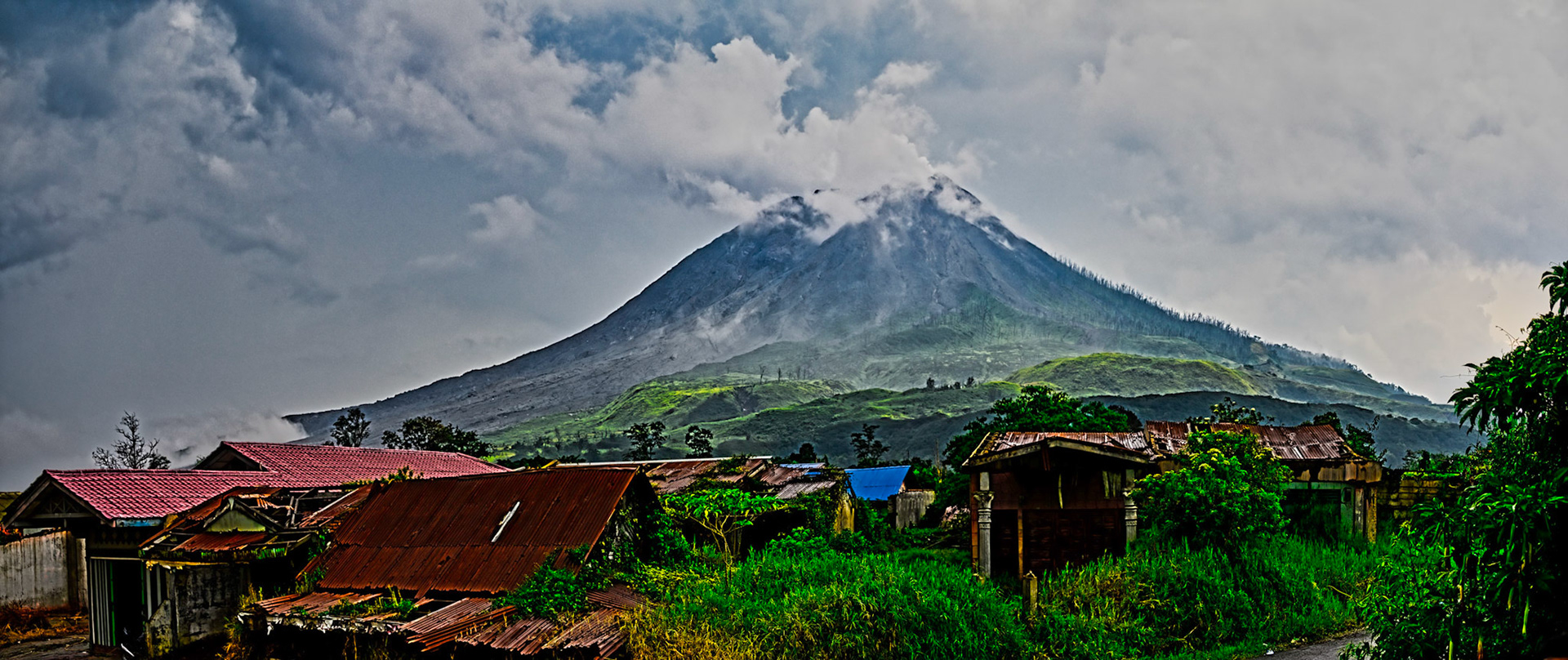
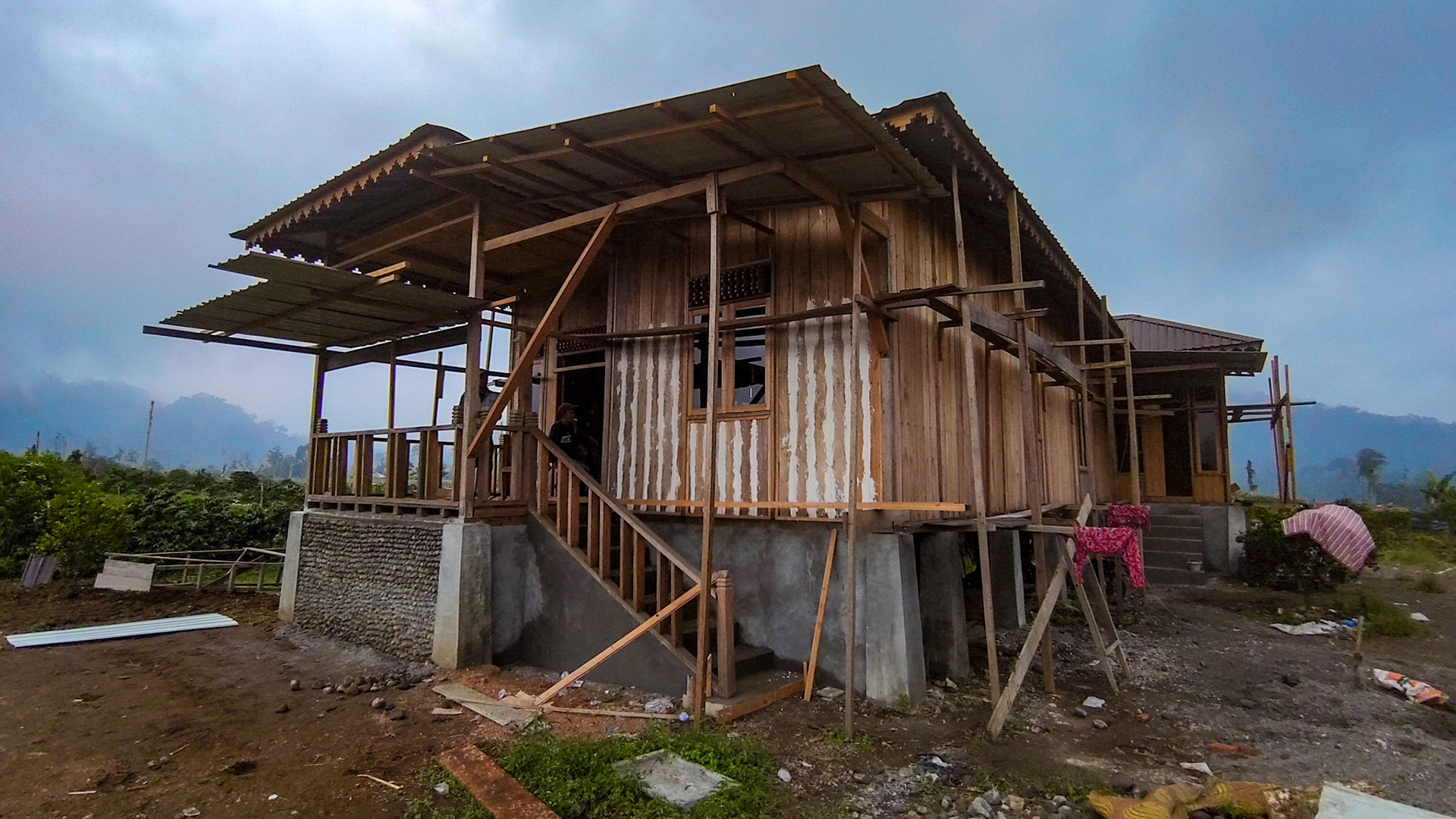
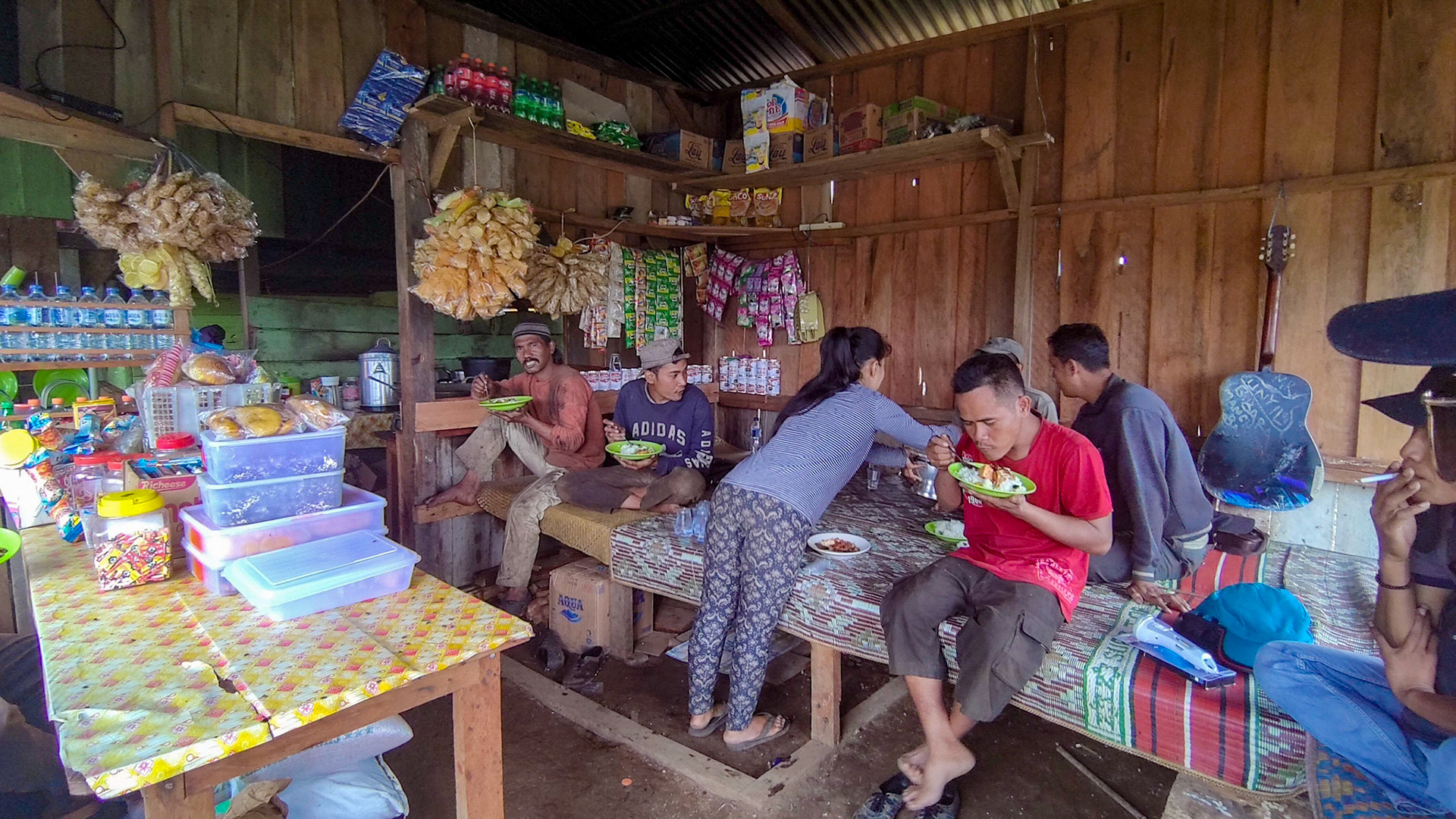
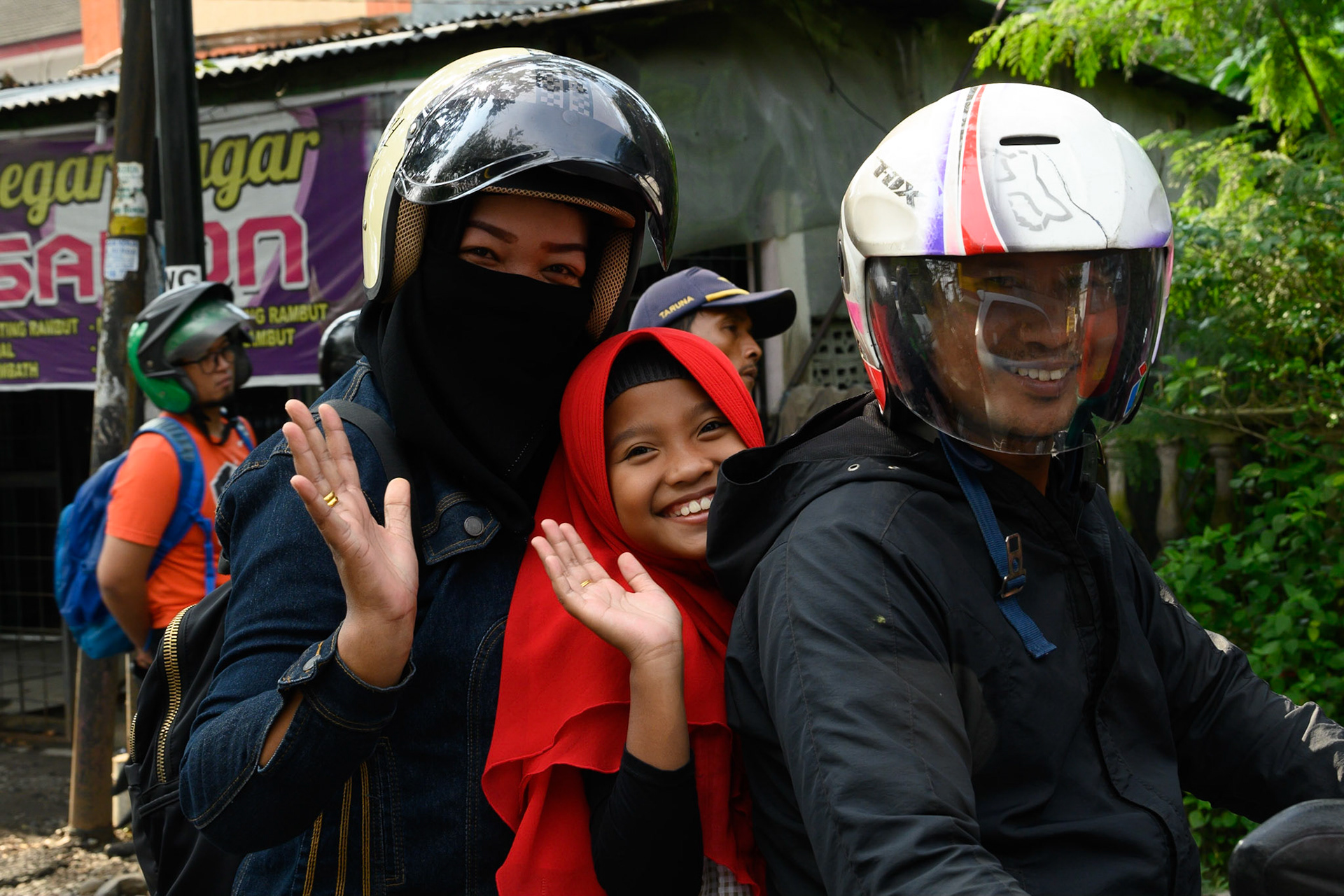
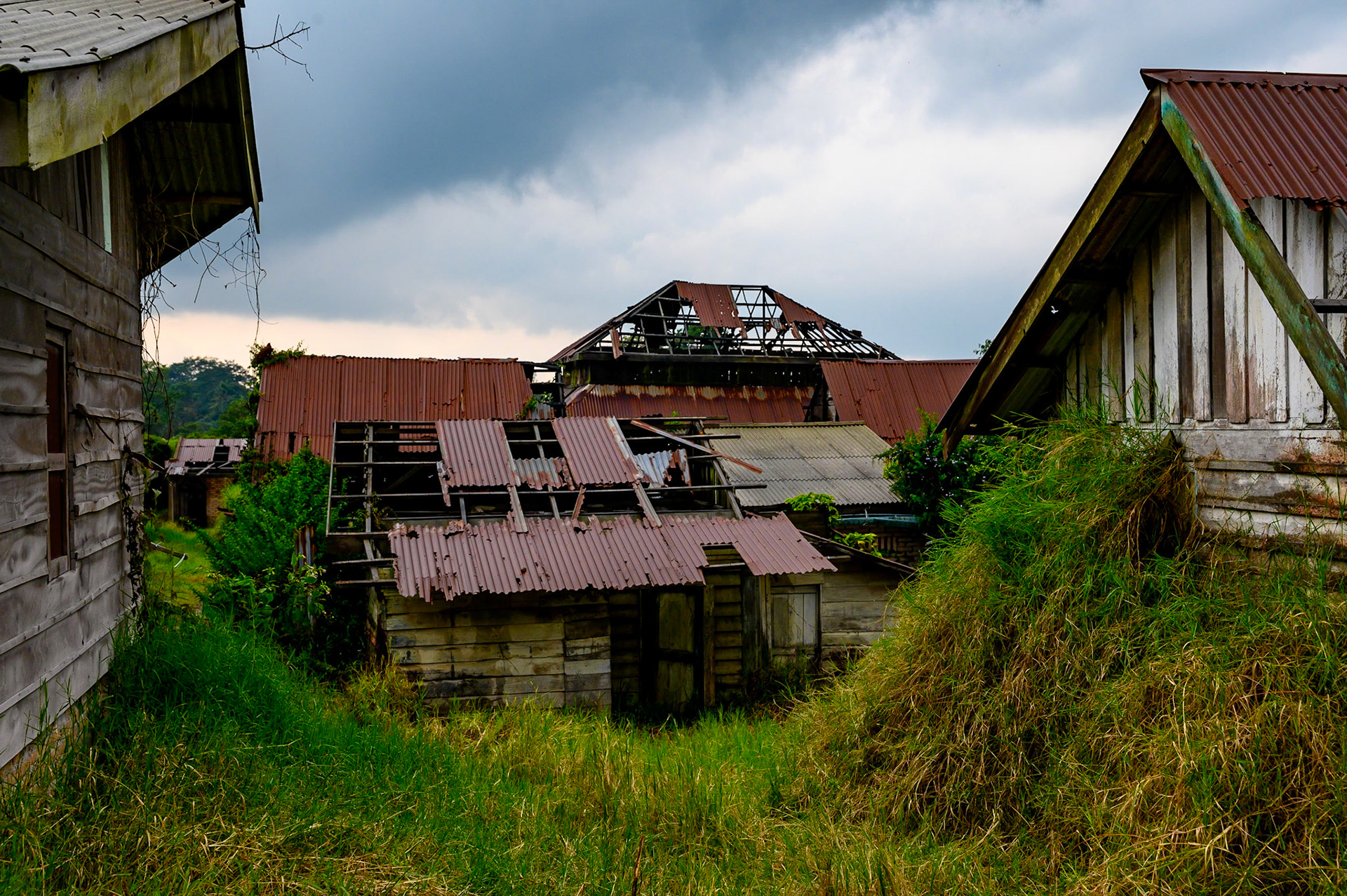
After a night in Bukit Lawang we drive through the Sumatran Country side which is extremely fertile land with various crops, from coffee, to oranges, strawberries and bananas, if it has a seed it will grow here. The land is relatively elevated so the temperature is very comfortable 25c. Passing through the towns along way you get to see more of daily life of people going about their day. Travelling is easy and plenty of road side Warungs (restaurants) to stop at again enjoy the amazing coffee of the region.
After a 2.5 hrs of driving we arrive at the base on Mt Sinabung which is an active volcano. The volcano has been basically active since 2010 and has killed a number of people and displaced thousands. There are literally villages around the base of the volcano that are inhabitable. The Indonesian government has banned many of the areas so the locals have not been able to return to their homes for years and may never get to. It is extremely sad and when you look through that the images below that even though the houses are completely beyond repair there remains a level sophistication and affluence here that the original owners would surely miss.
We were lucky enough to speak to some locals who explained their situation and one could not but help to feel empathy for them. If you are traveling through these areas please be respectful. Please ask to take photos and PLEASE leave a donation.
Of course there is plenty to photograph along the way from street photography to landscapes therefore having a shorter focal length lens or even a wide angle lens is advantageous and most of the shots are shot on a Tamron 30 to 120mm and Tamron 10 to 24mm.
Day Three - MT Sibayak to Samosir Island
Day 3 is the longest day out of the 3. after an early rise (4am) we head off for Mt Sibyak which is a short drive out of the beautiful town of Berastagi. Berastagi is a popular place with Indonesian locals as it is some 1300m above sea level and has an average year round temperature of 21c.
Berastagi which was settled by the Dutch is trading spot for a lot of the local food production and there are many other activities to take part in such as hot water springs which are said to provide medicinal help to weary travelers.
Mt Sibayak is situated just outside of Berastagi and climbs some 2200m above sea level. Mt Sibayak is a volcano but has not been active for over 100 years, however it is still expelling hot sulphuric gases which are very noisy but quite safe. Leaving the hotel at 4am provides enough time to ensure you are have reached the summit by sunrise. The climb up Mt Sibayak is not impossible but it is challenging so one needs to be reasonable fit and having a good pair of shoes, a light rain coat and a head torch is a must.
It takes somewhere between 60 and 90 mins to walk up to the summit but once you reach the top the view is extensive. There are a number of vantage points to take photos from and you can get great shots of the volcano's creator or looking down into the valley. You can spend a couple of hours on top of Mt Sibayak and you are not alone. There are many locals that visit the summit especially on the weekends. Be prepared to be asked to have your photo taken with the locals.
Back on the road and we head to the port of Pelabuhan Tiga Ras which will be where we catch our ferry across Lake Toba to Somarsa Island but before we get there we have a couple of more stops. The 1st is the village of Desa Budaya Dokan. There are a number of traditional houses within the village that are over 450 years old and the people that live in them live in a community with up to (8) families in each house. We all stop by the Situmurun Waterfall which is an extremely impressive waterfall.
You can descend the entire way down the the bottom of the waterfall but this can take up to one hour down and 1.5 hours to get back up or you can stop at any of the many vantage points along the way. All of these photos were taken on the Nikon Z6 with the Tamron 30 -120mm but having a good tripod is helpful as is a ND filter if you're interested in doing some interesting wallfall photography.
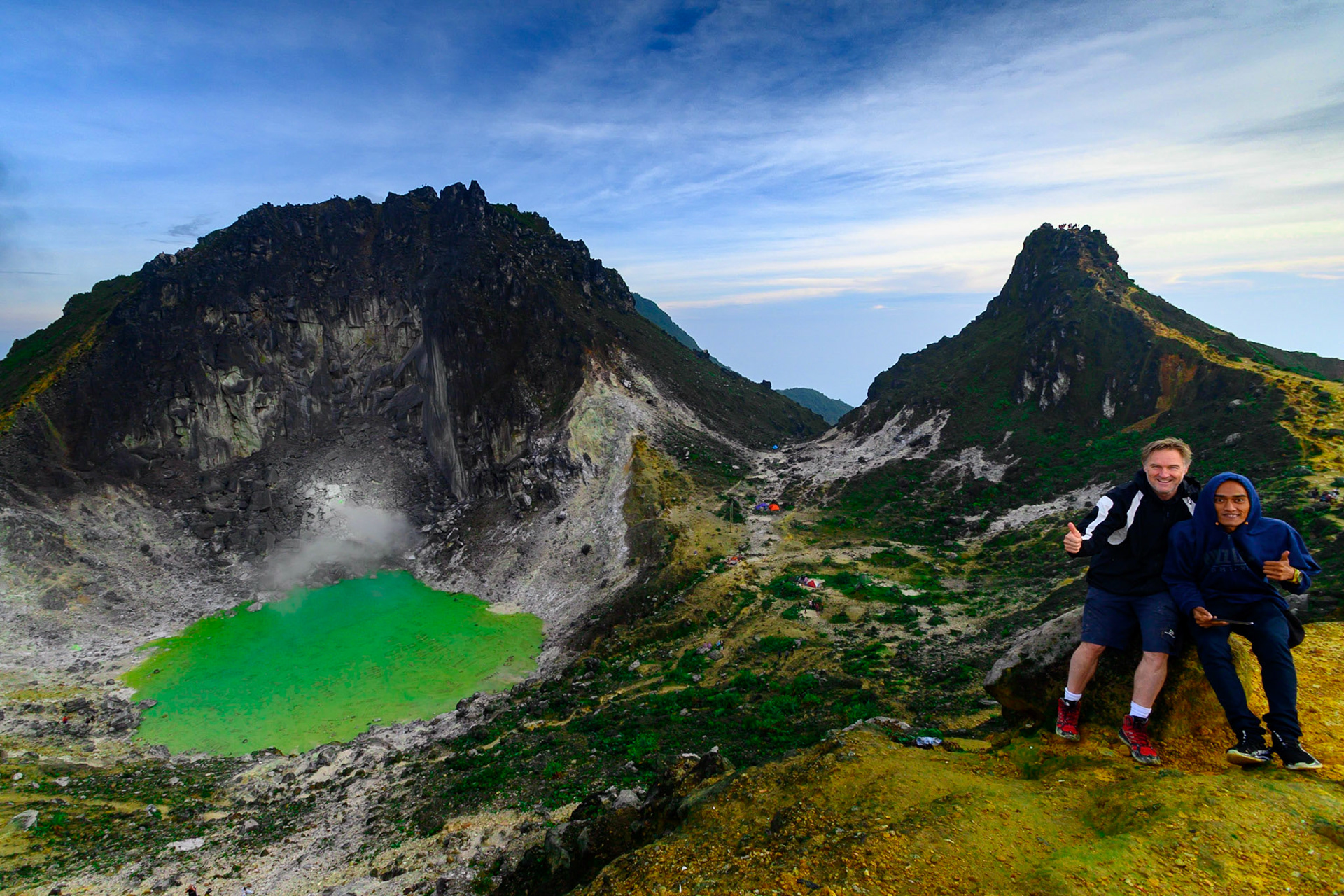
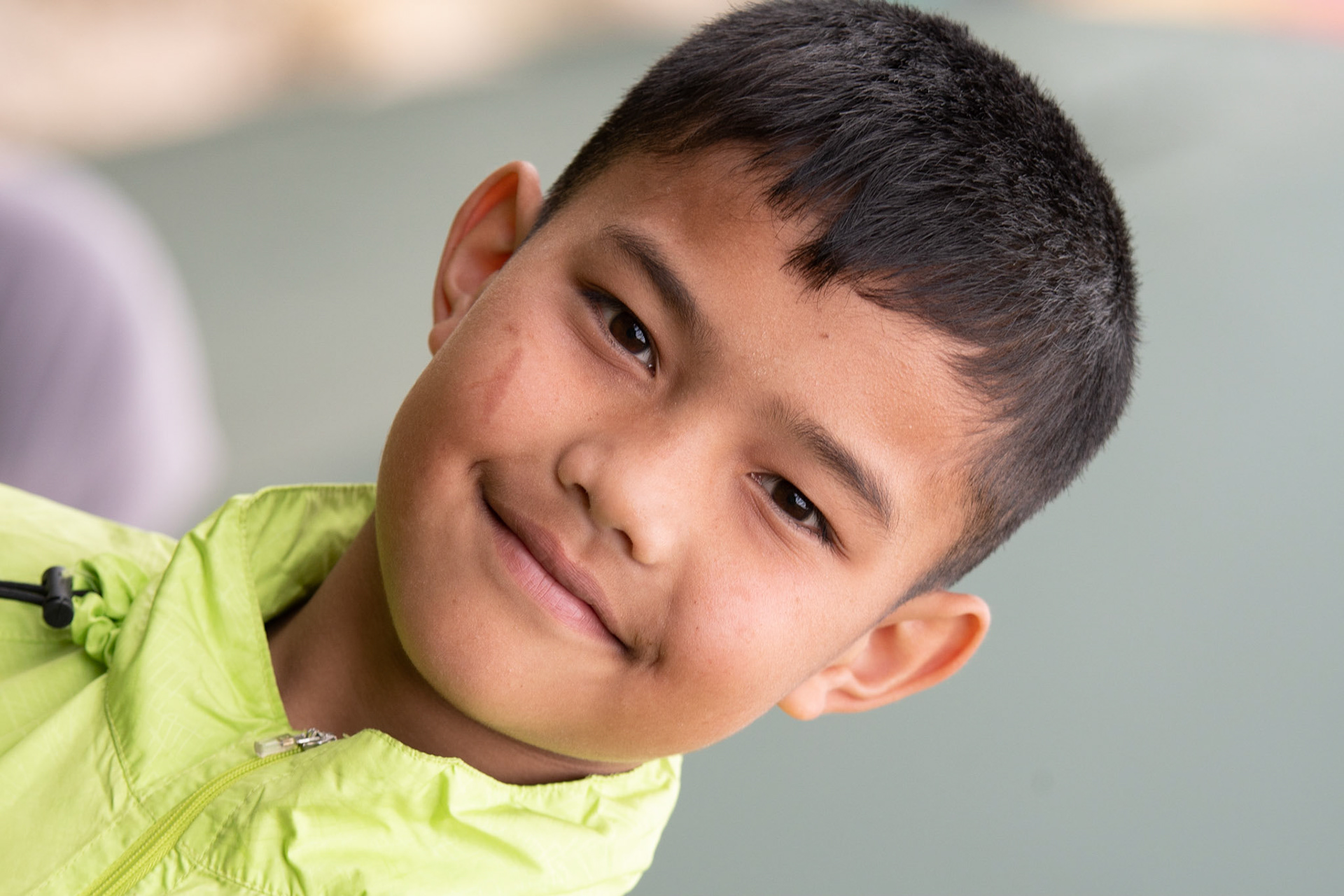
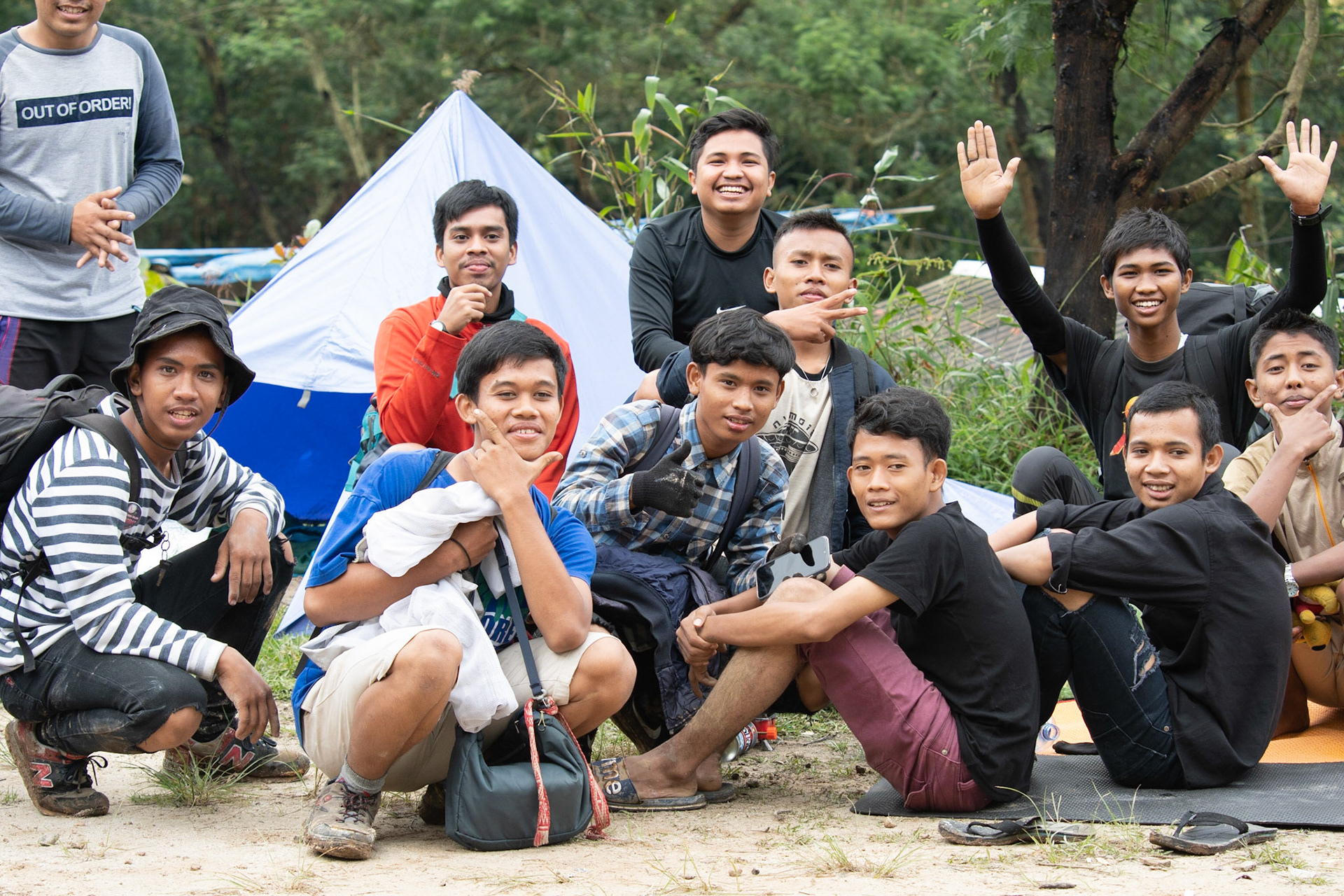
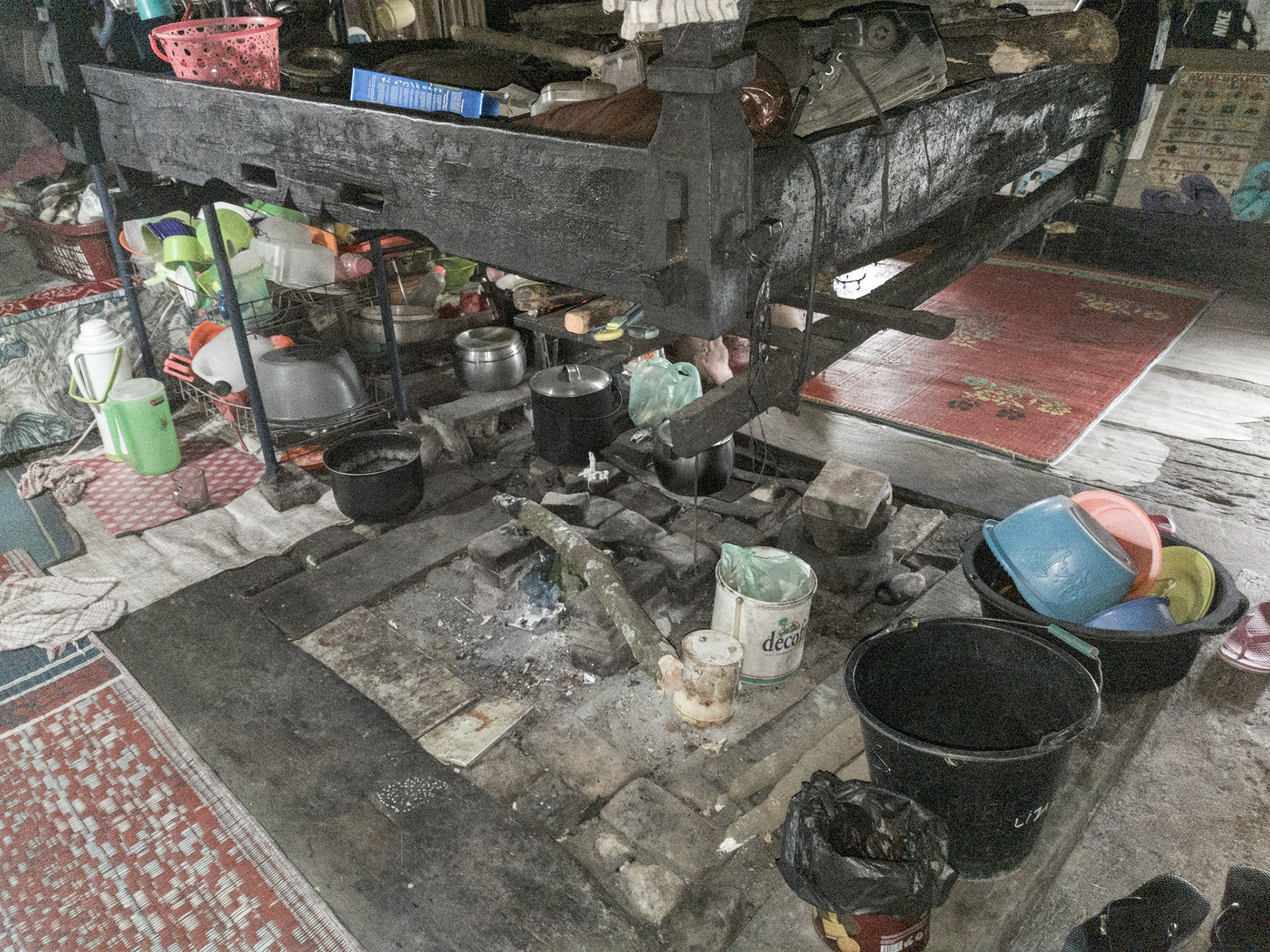
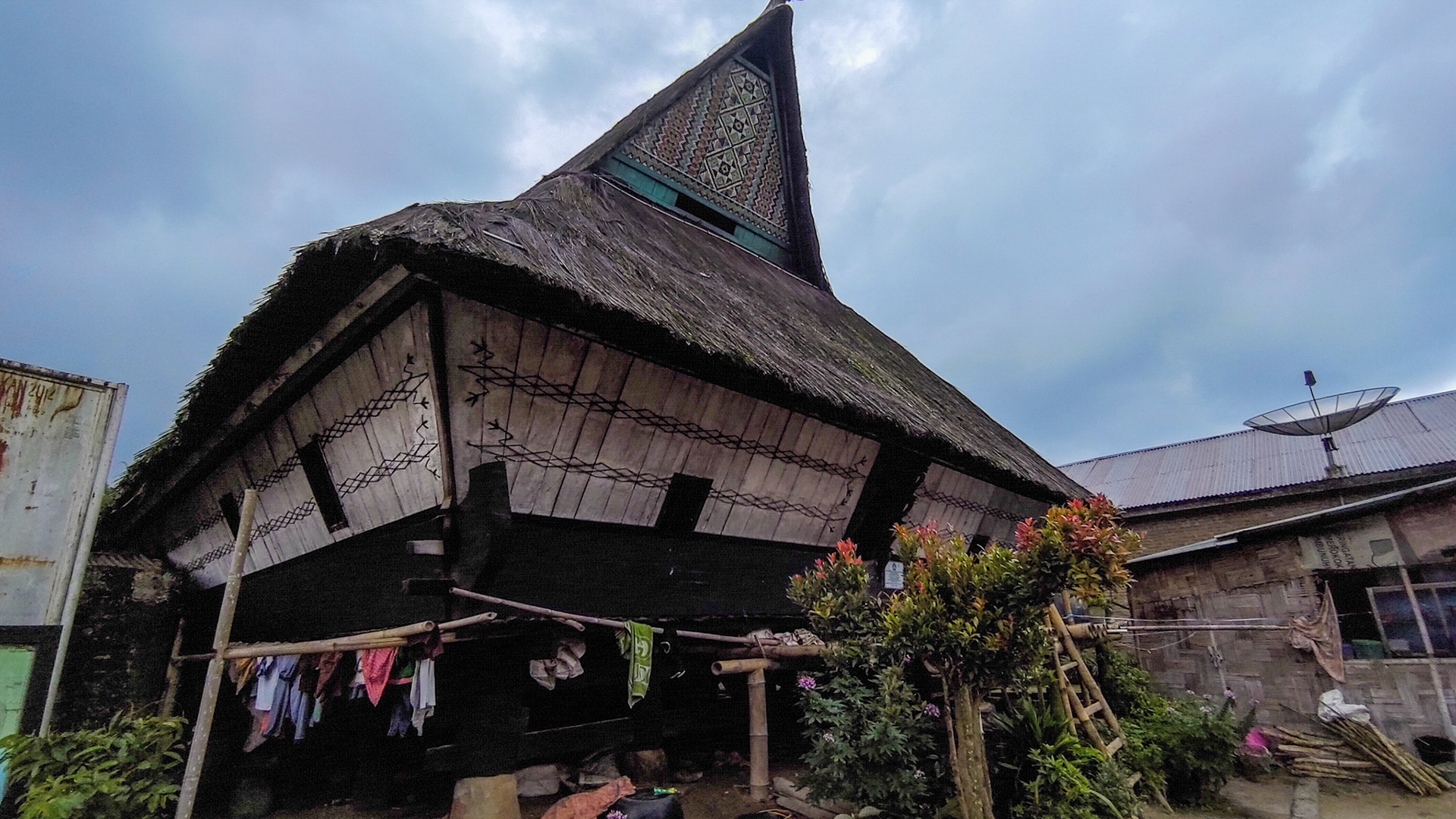
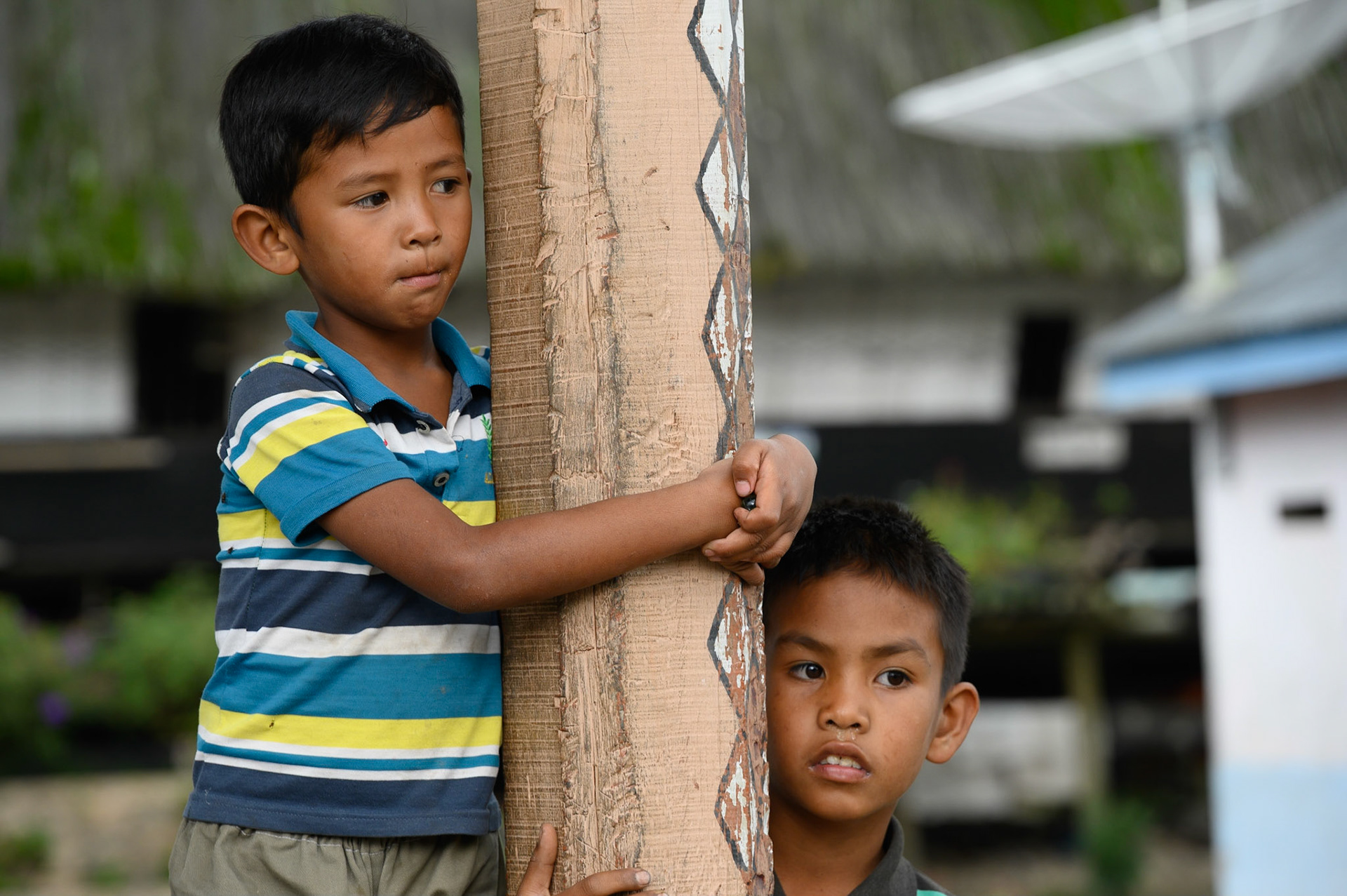
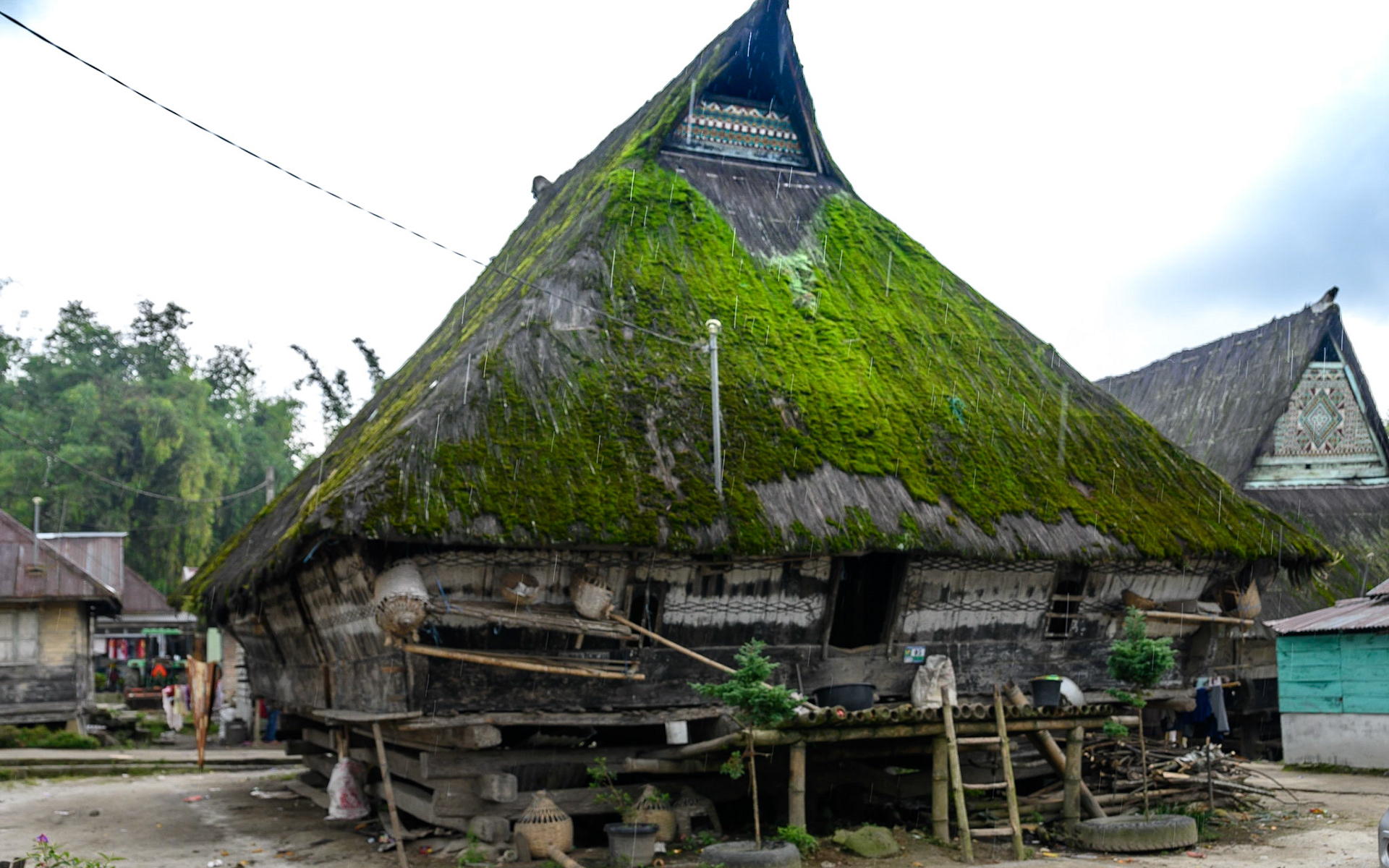
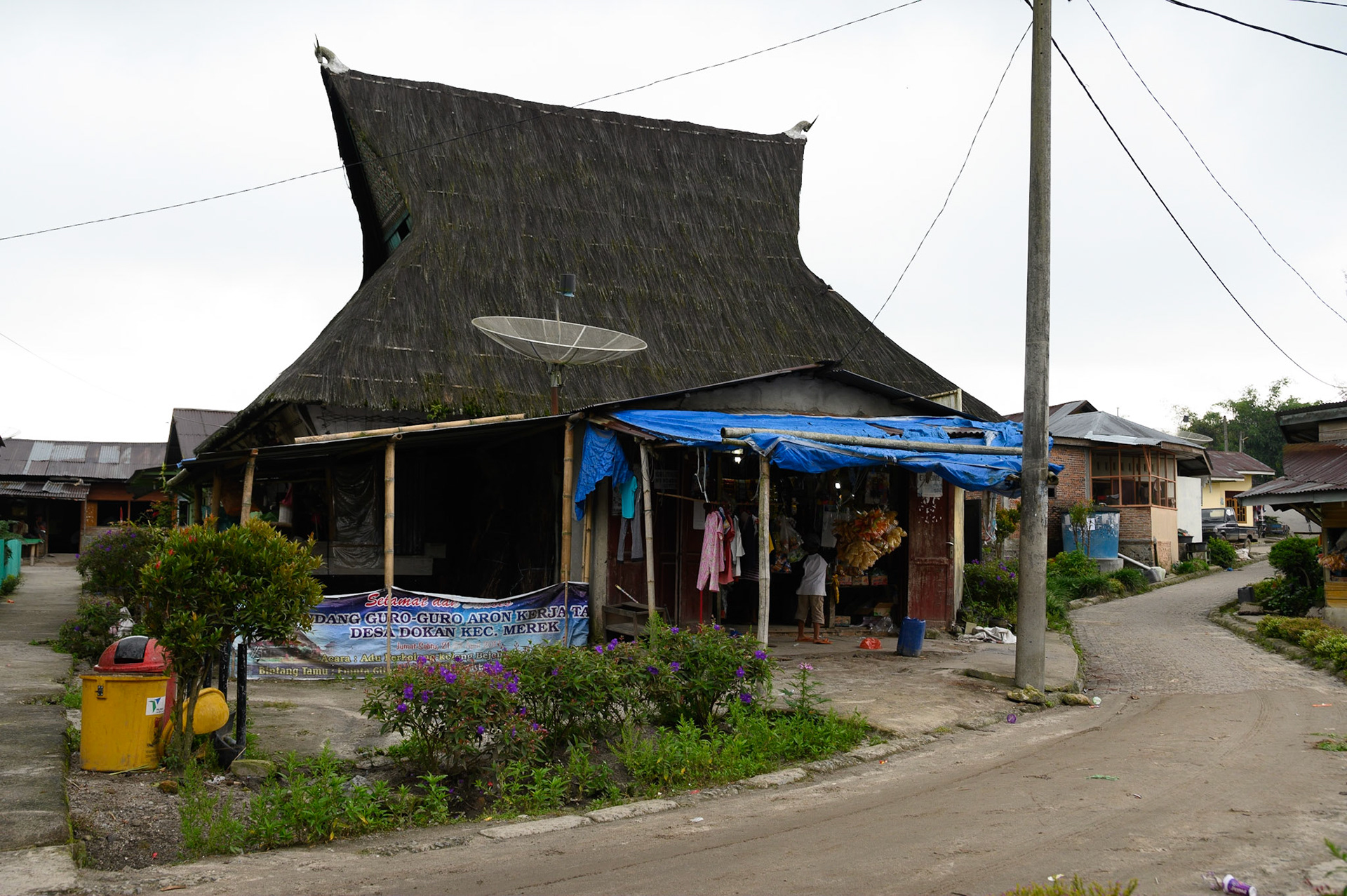
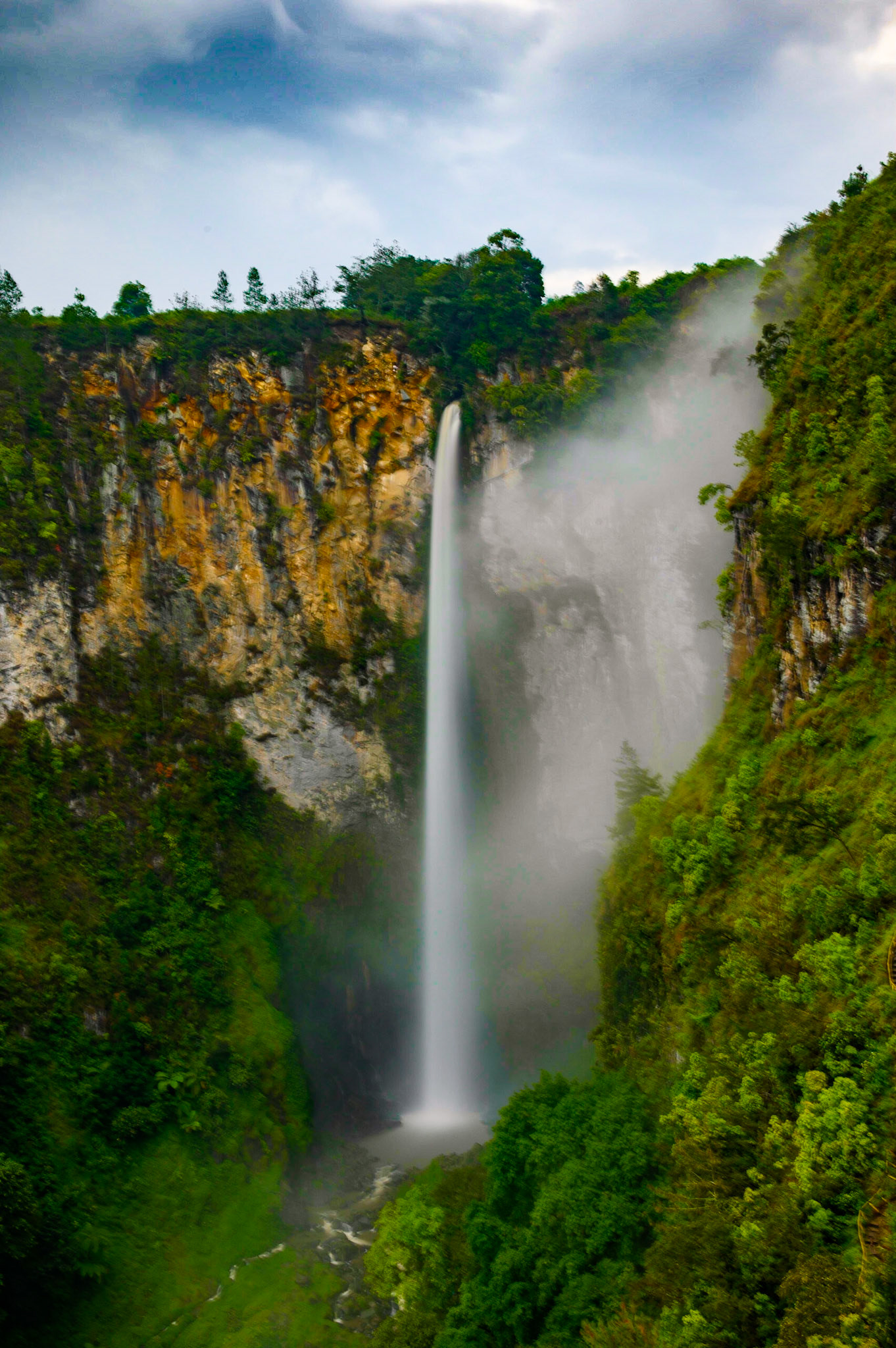
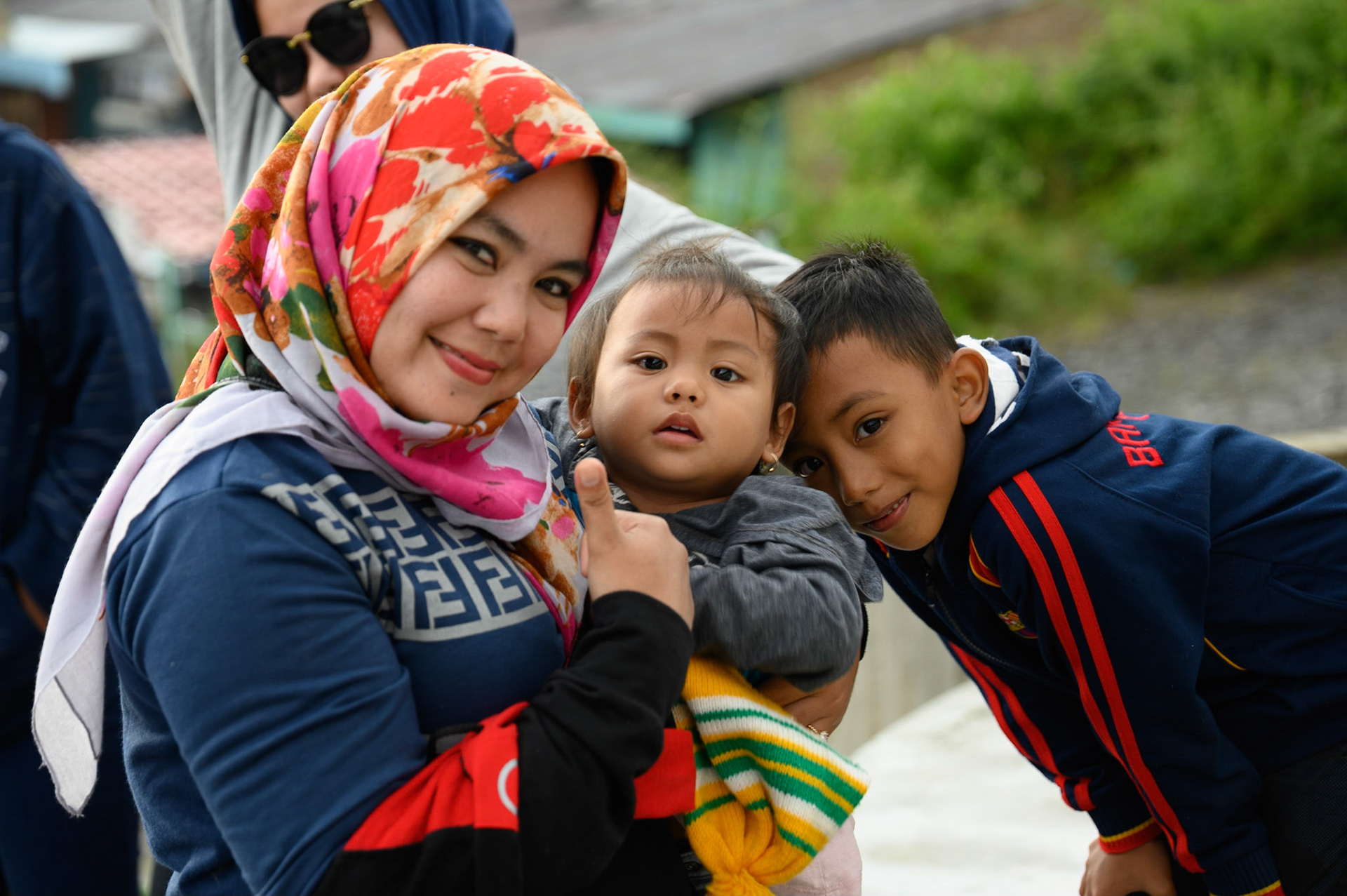
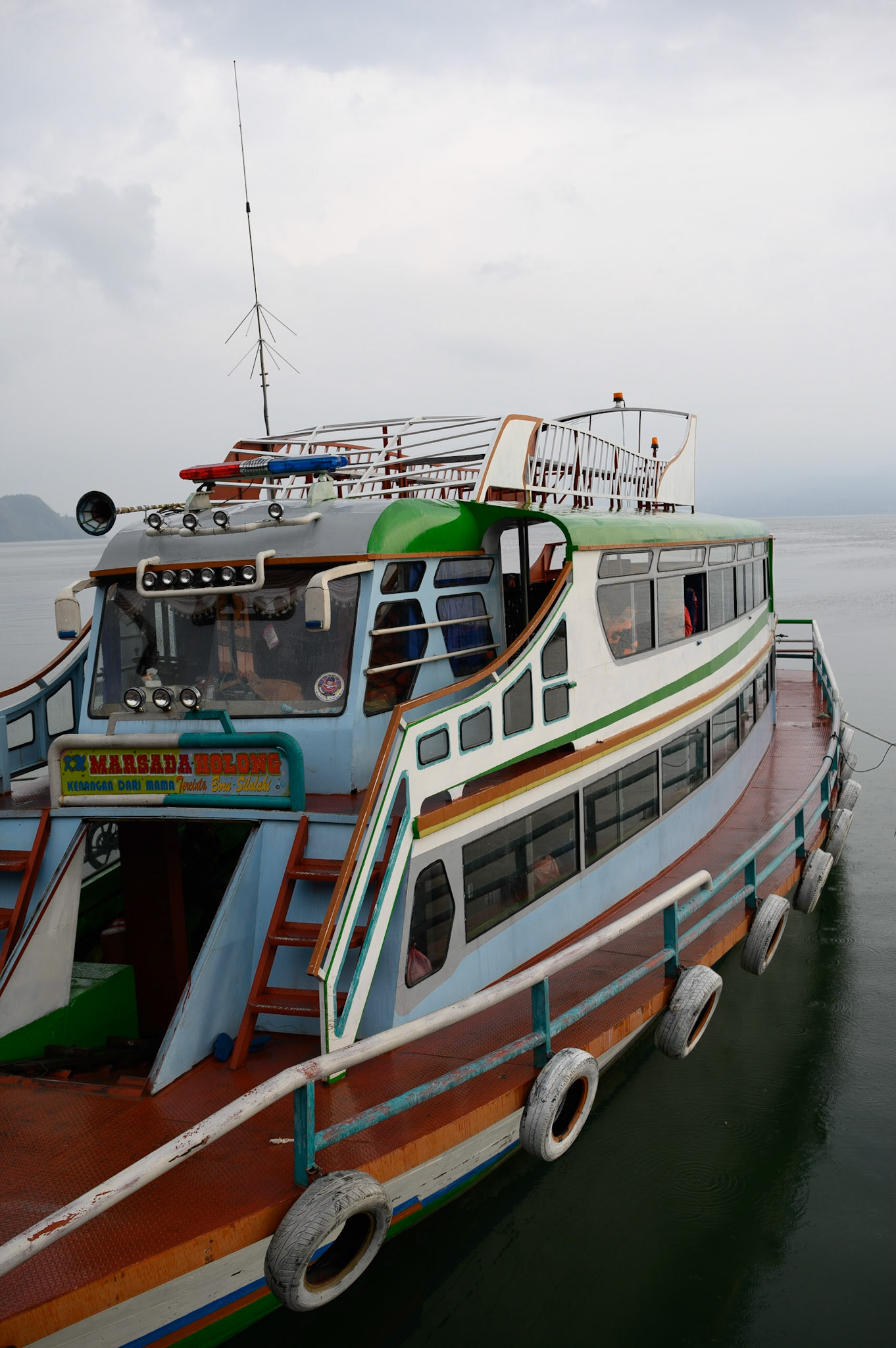
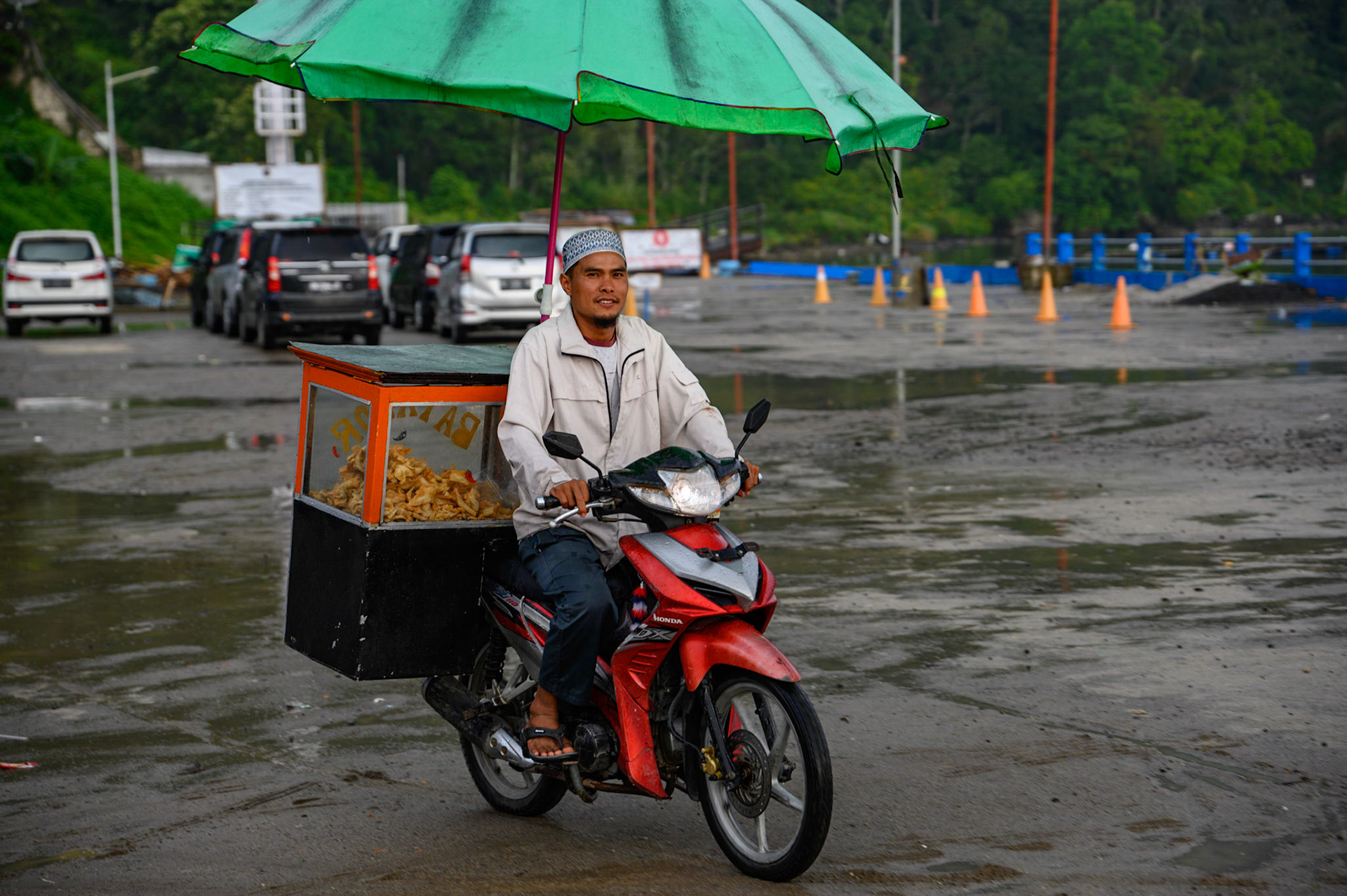
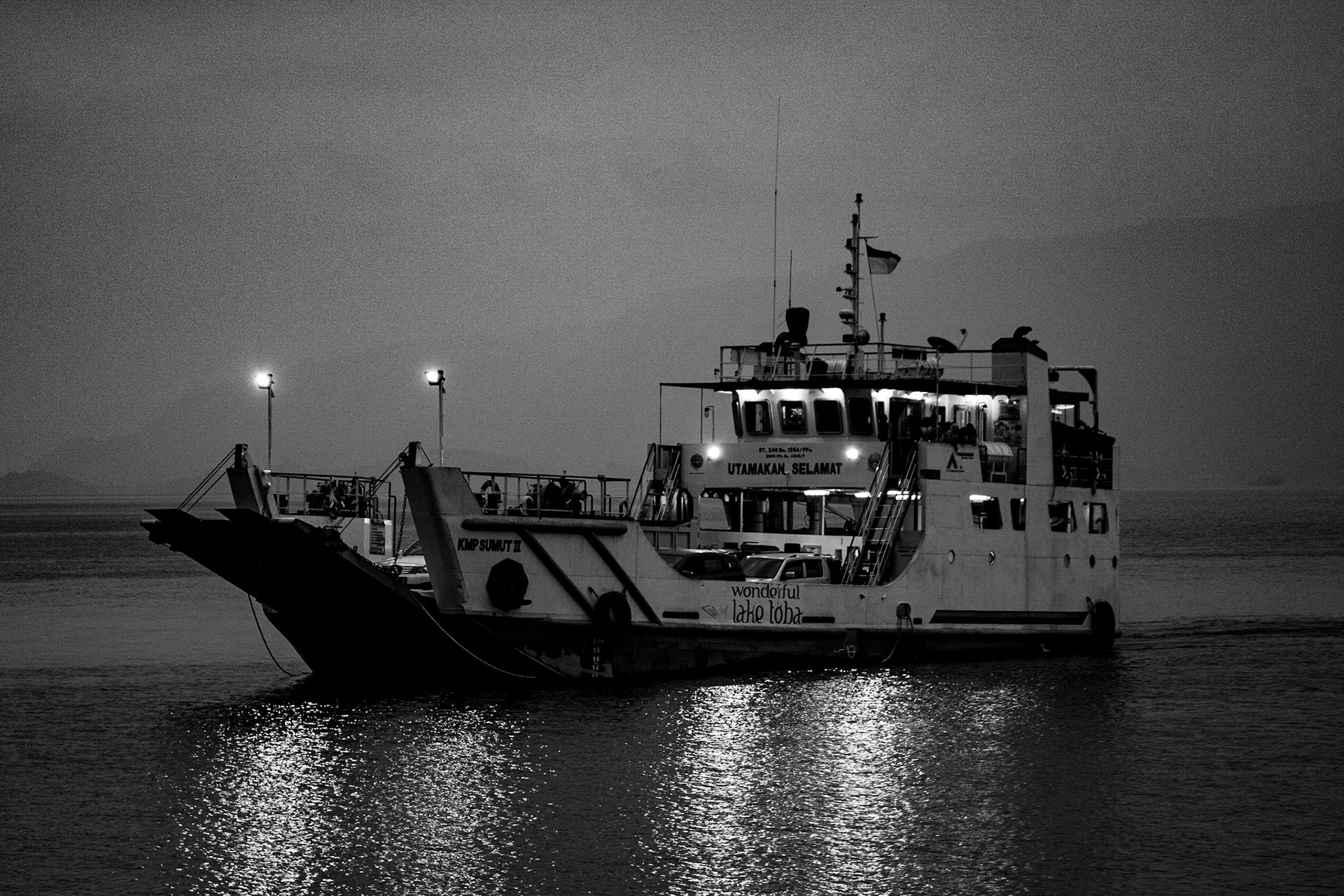
day 4 somorsa island, Lake toba
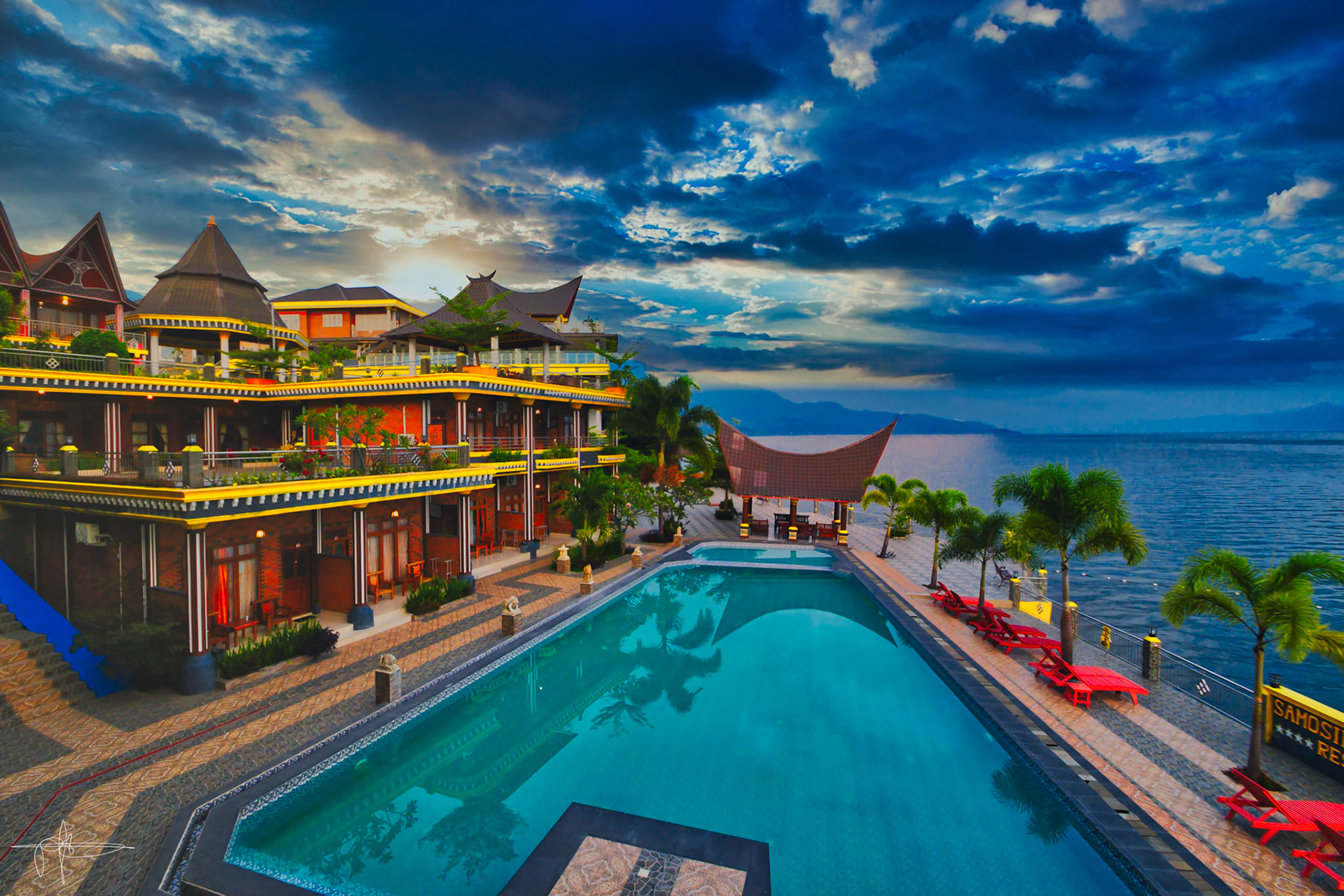
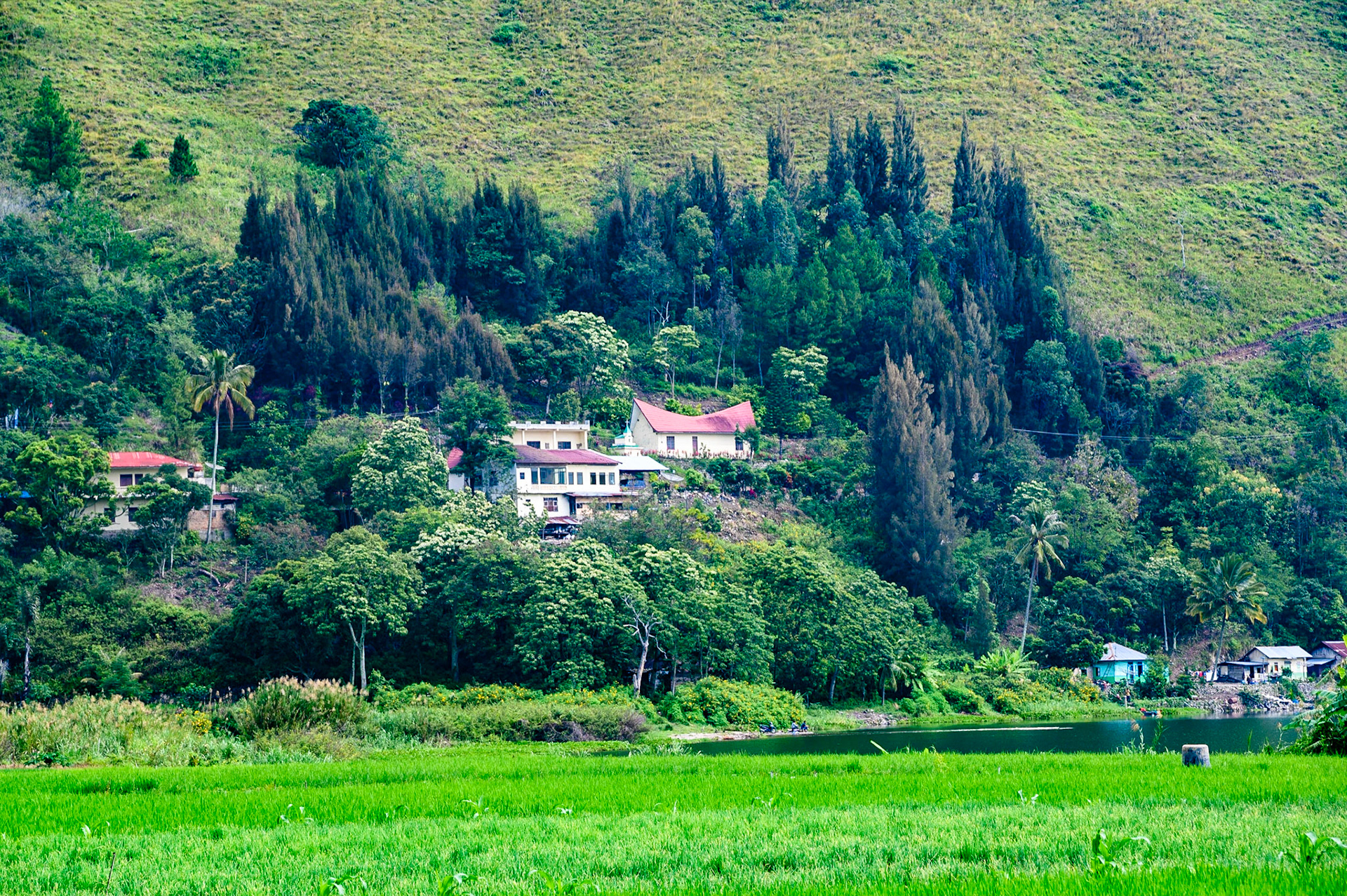
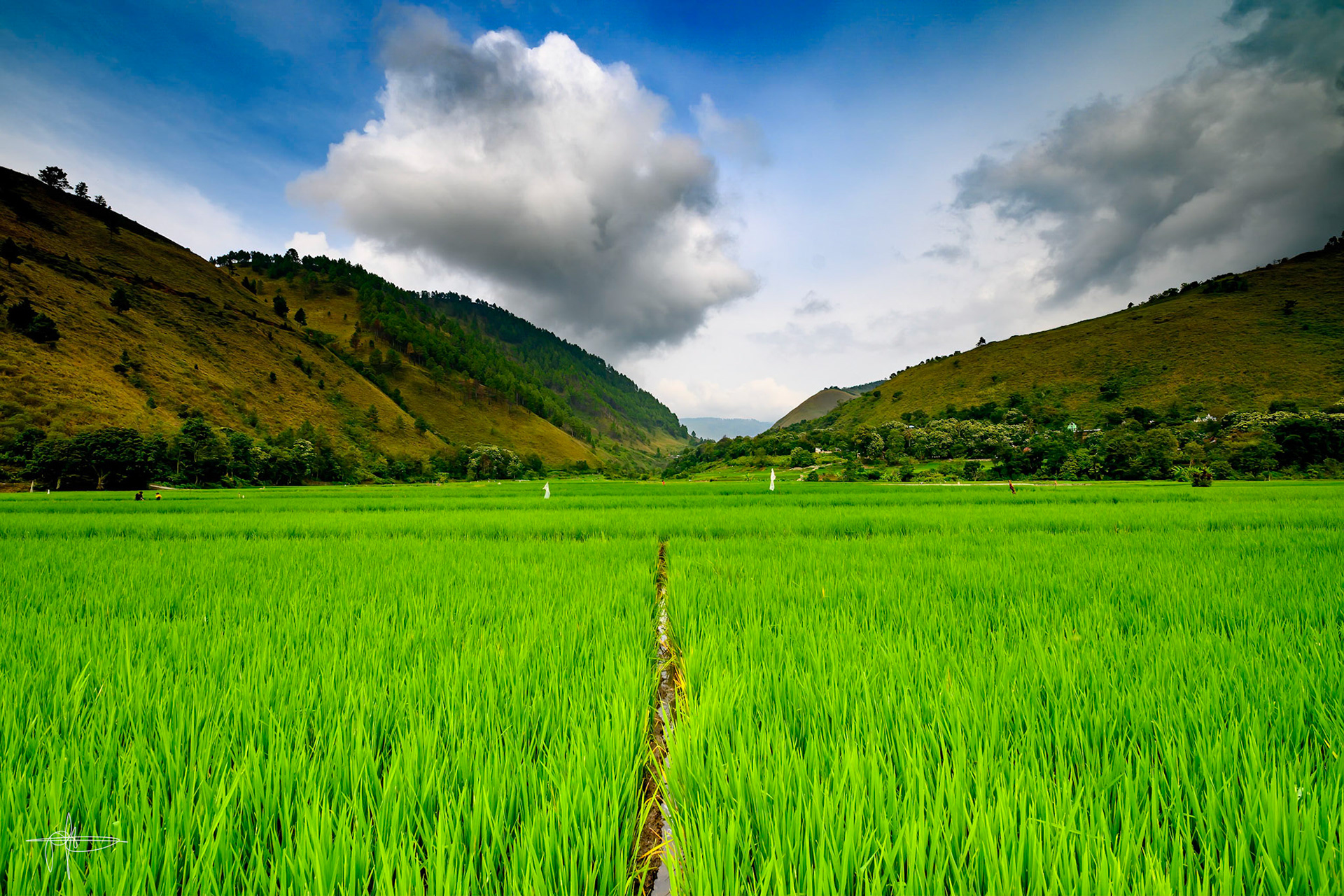
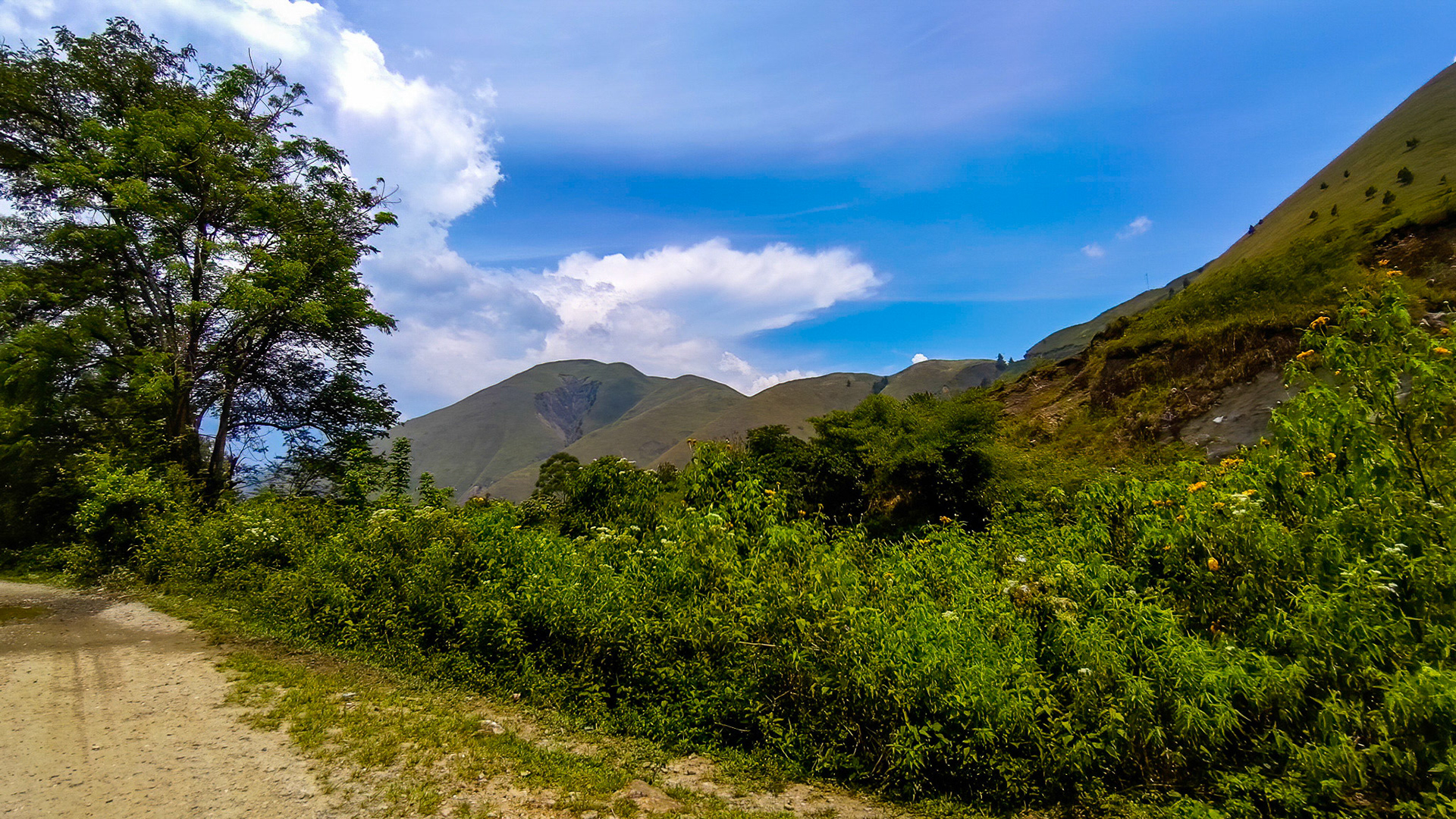
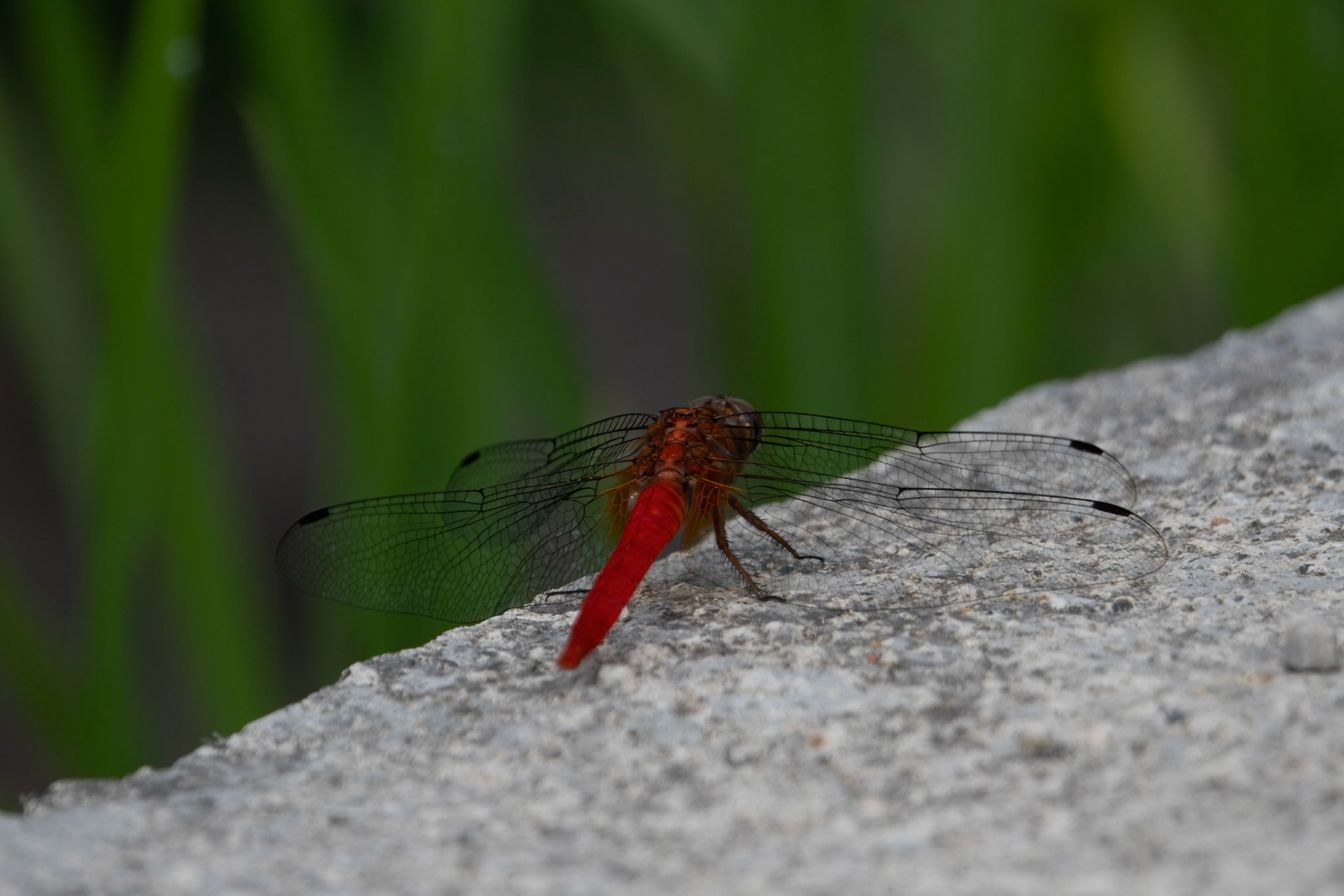
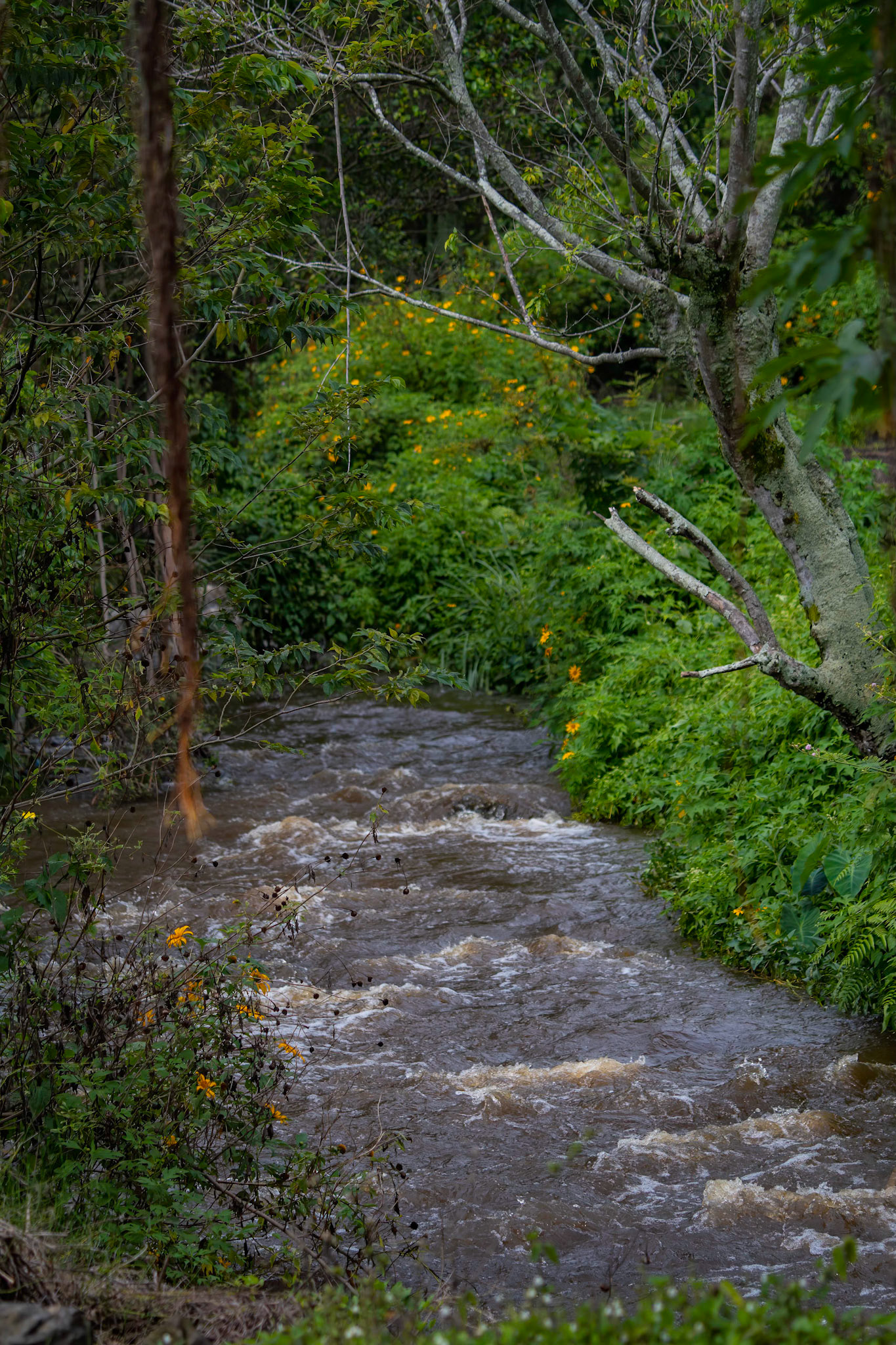
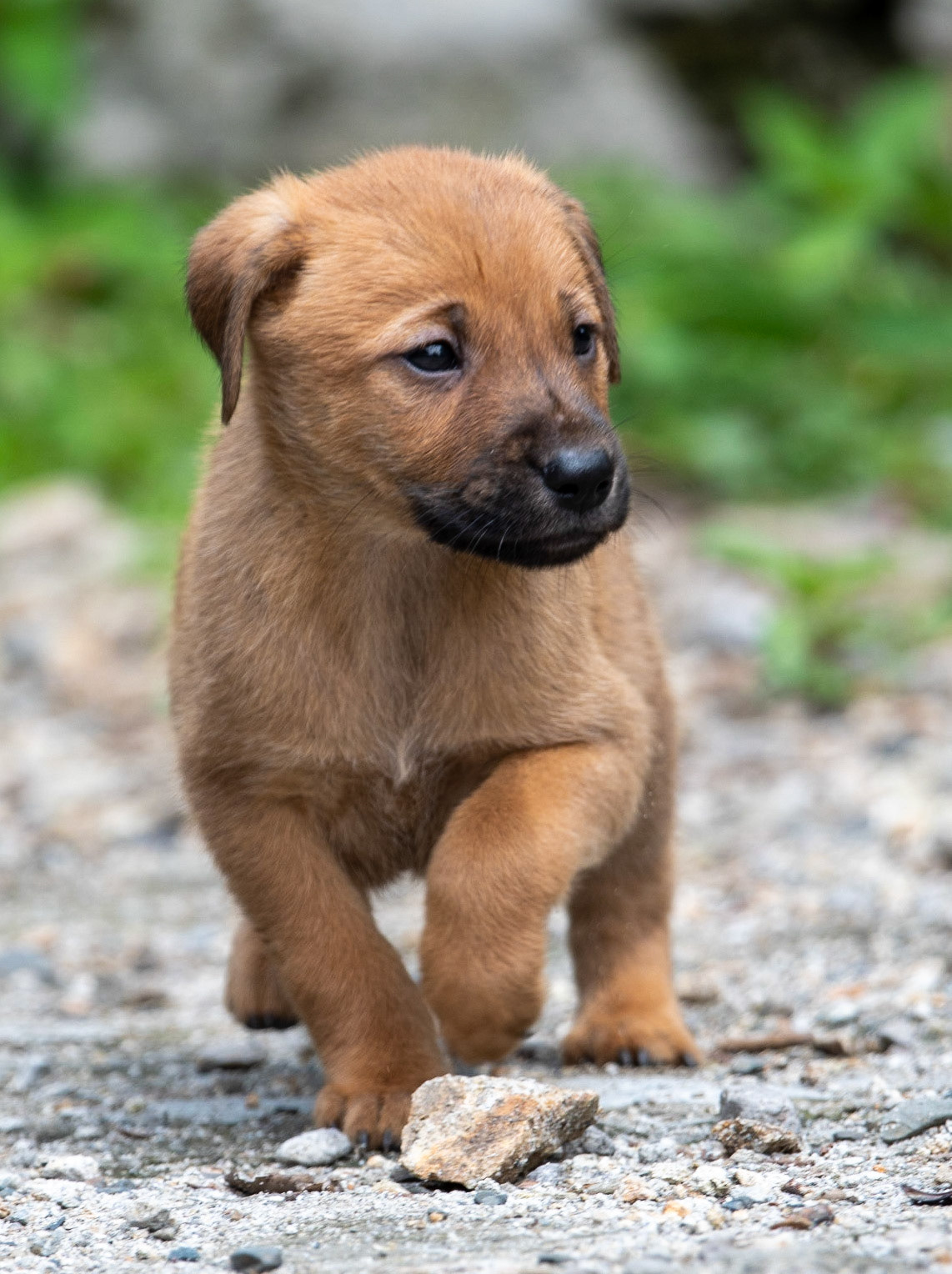
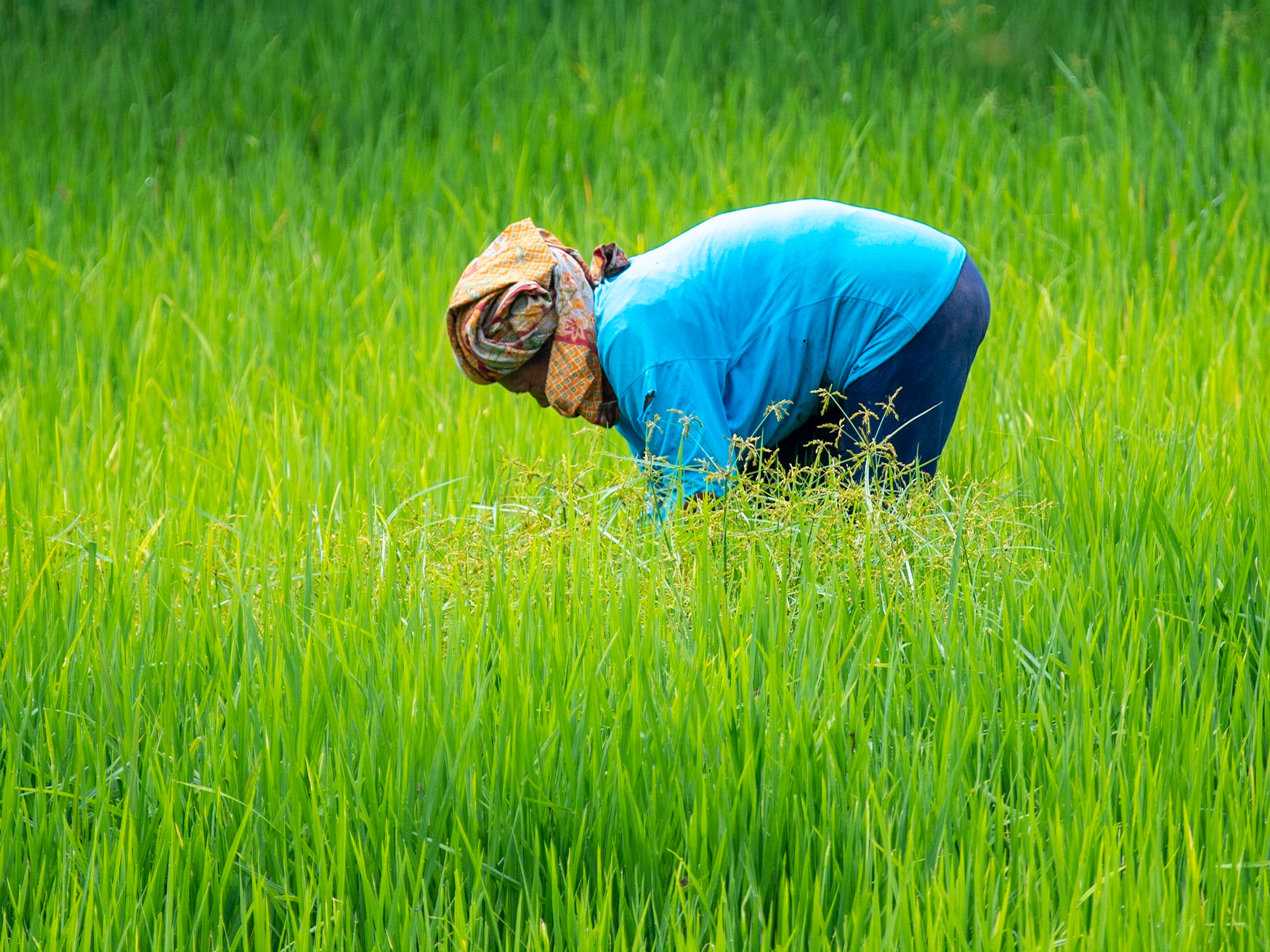
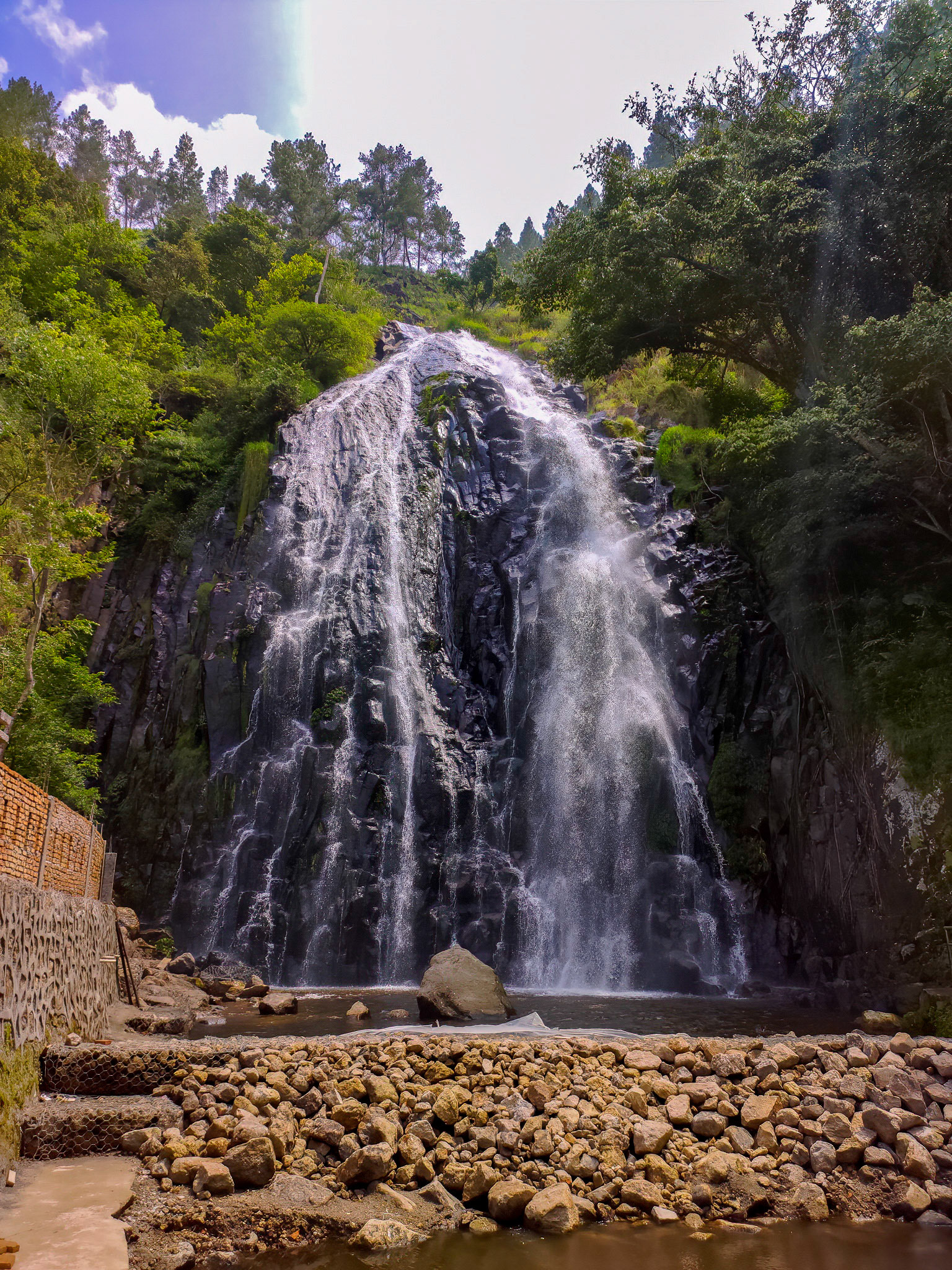
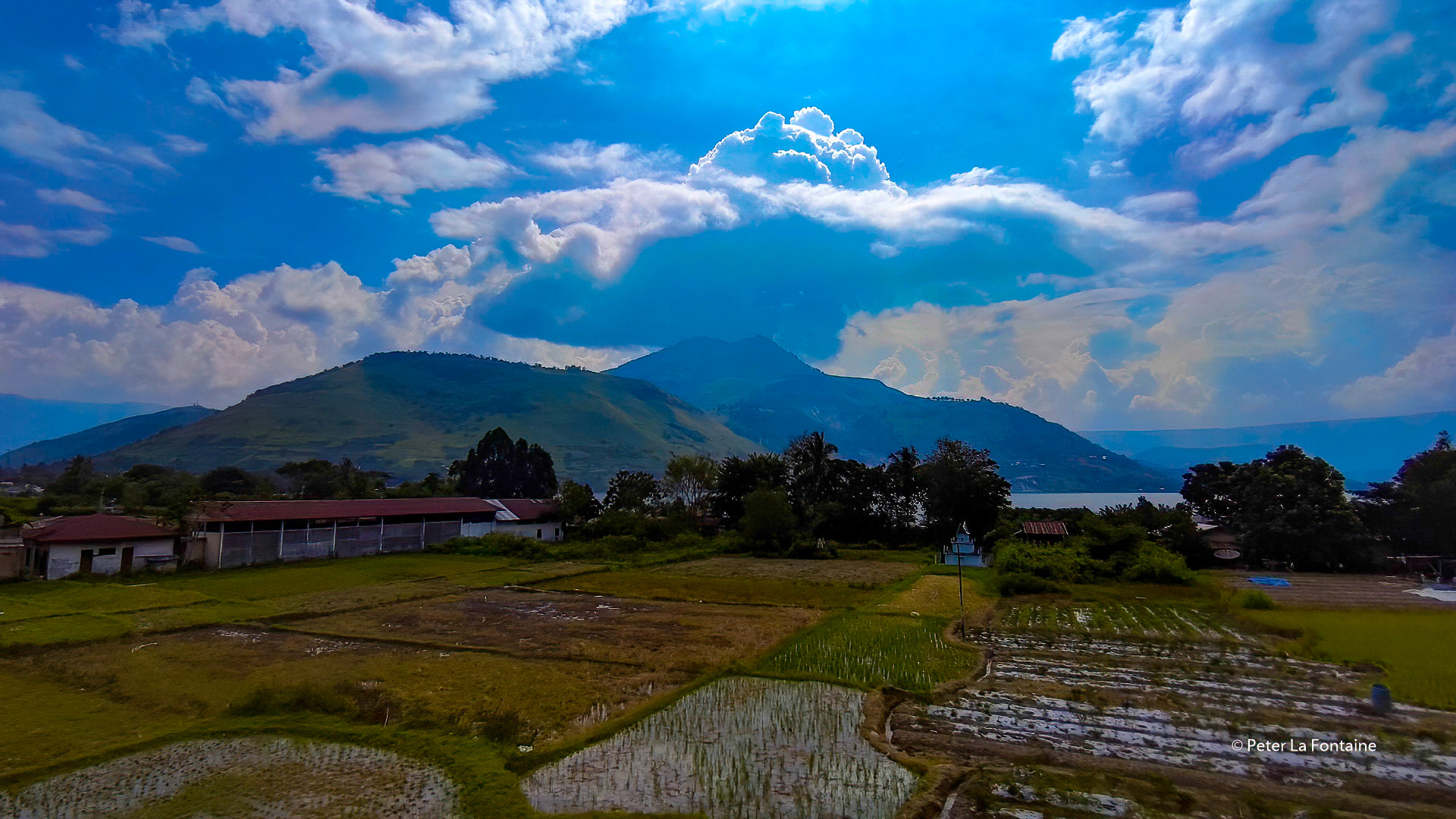

Somorsa Island is situated in the middle of lake Toba which is basically in the middle of the island of Sumatra. Lake Toba was the site of a SUPER volcano some 75,000 years ago and is thought to have wiped out many of the worlds species and nearly stopped the development of the human race.
Lake Toba is huge, it is 100km by 30km at almost 500m deep making it the largest lake in Indonesia and the largest volcanic lake in the world. It is also at an elevation of 900m so the climate as as good as it gets.
To get to Somorsa Island requires a 45-60 min car ferry trip but the island is very well maintained with plenty of accomodation. In many ways it reminds me of the lakes within the mediterranean. It is very green and littered with little bays and beaches. There is an abundance of accommodation as is considered as one of the "must-do" travel locations of Indonesia.
Driving around the roads of the Lake Toba can only be described as beautiful, lush rolling hills, well planned farms and natural beauty is everywhere. It is easy to stop and check out the many of the scenic attractions which vary from rice fields, waterfalls, architecture and landscapes such as Mt which requires a 60 min hike to the top of the mountain but the effort is worth it with 360 deg panoramic views of lake Toba, Somorsa Island and the surrounding countryside.
Out of all of the spots I would have to say that Lake Toba is a must return location.